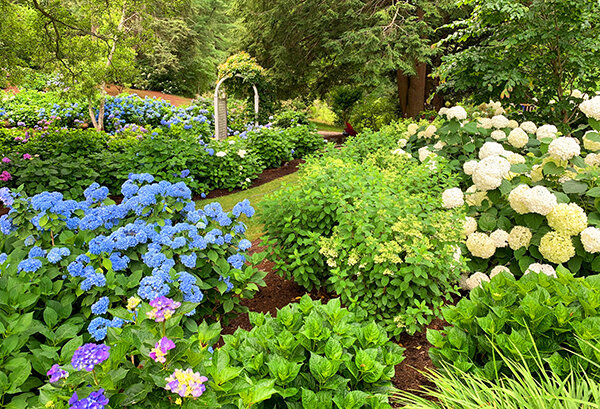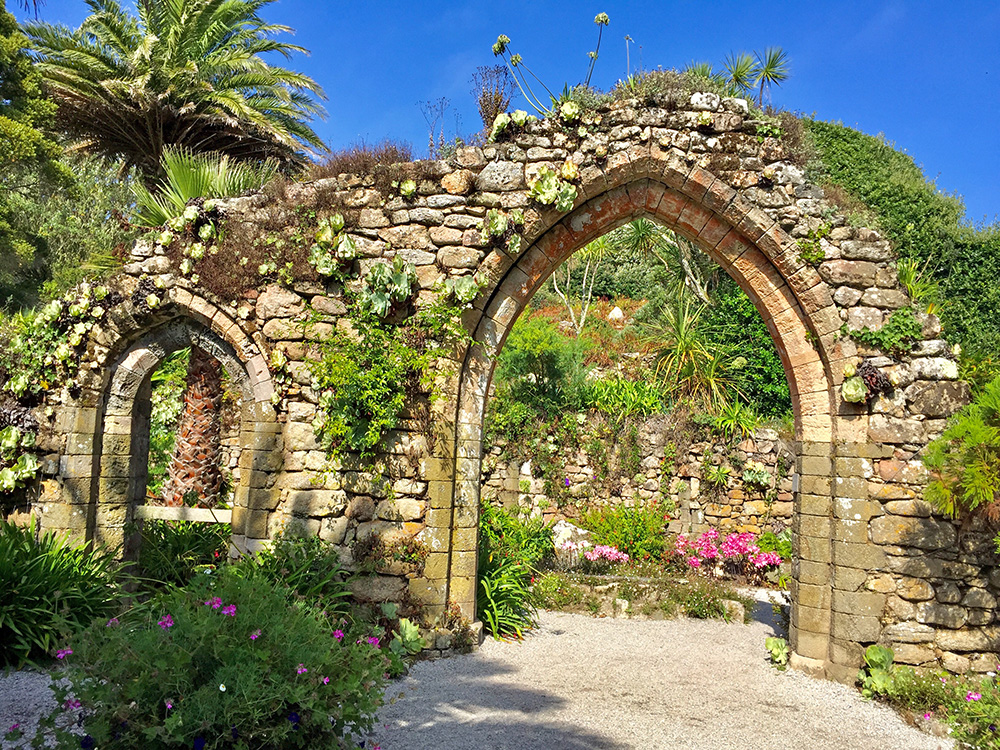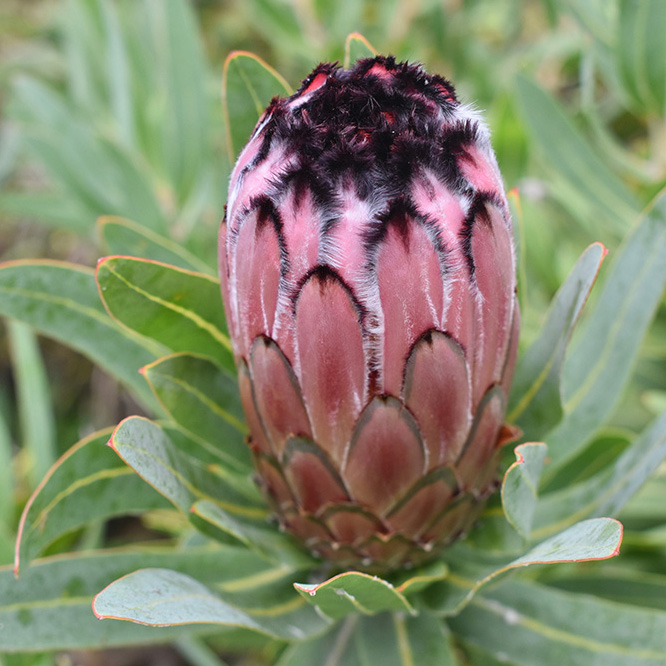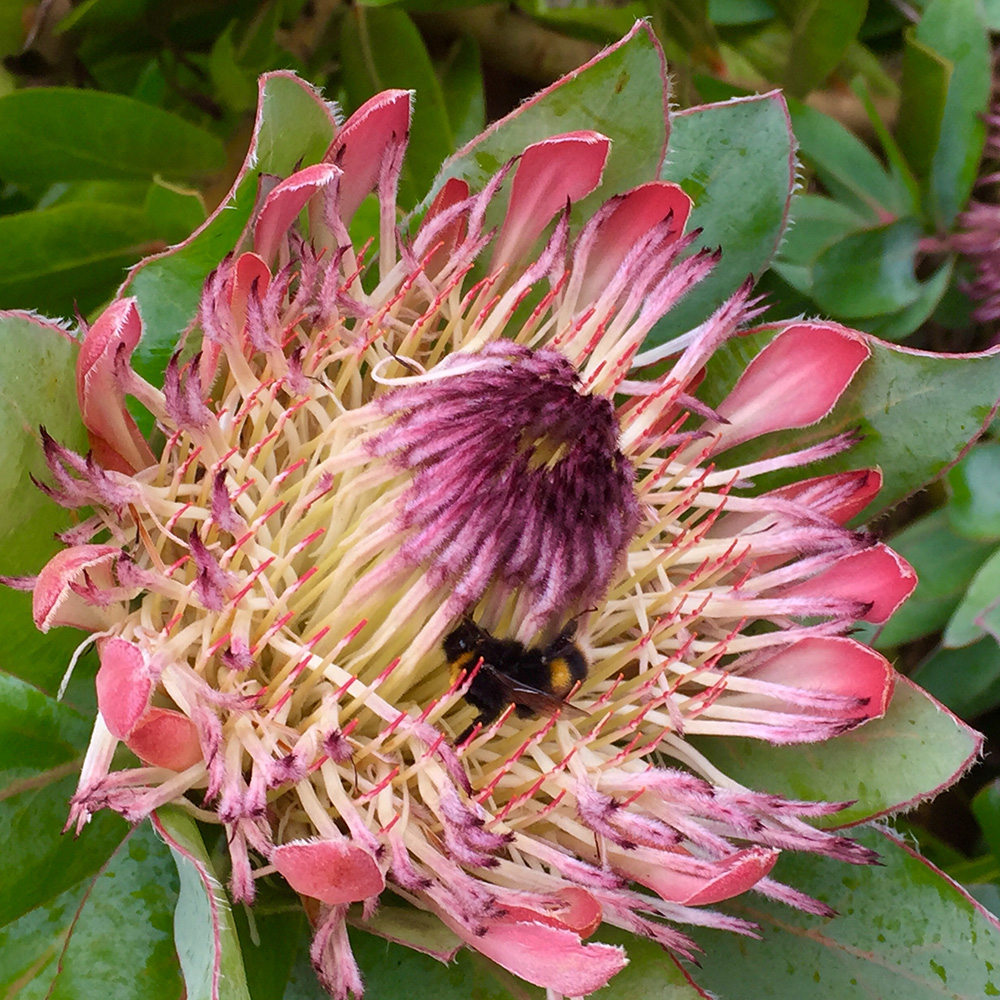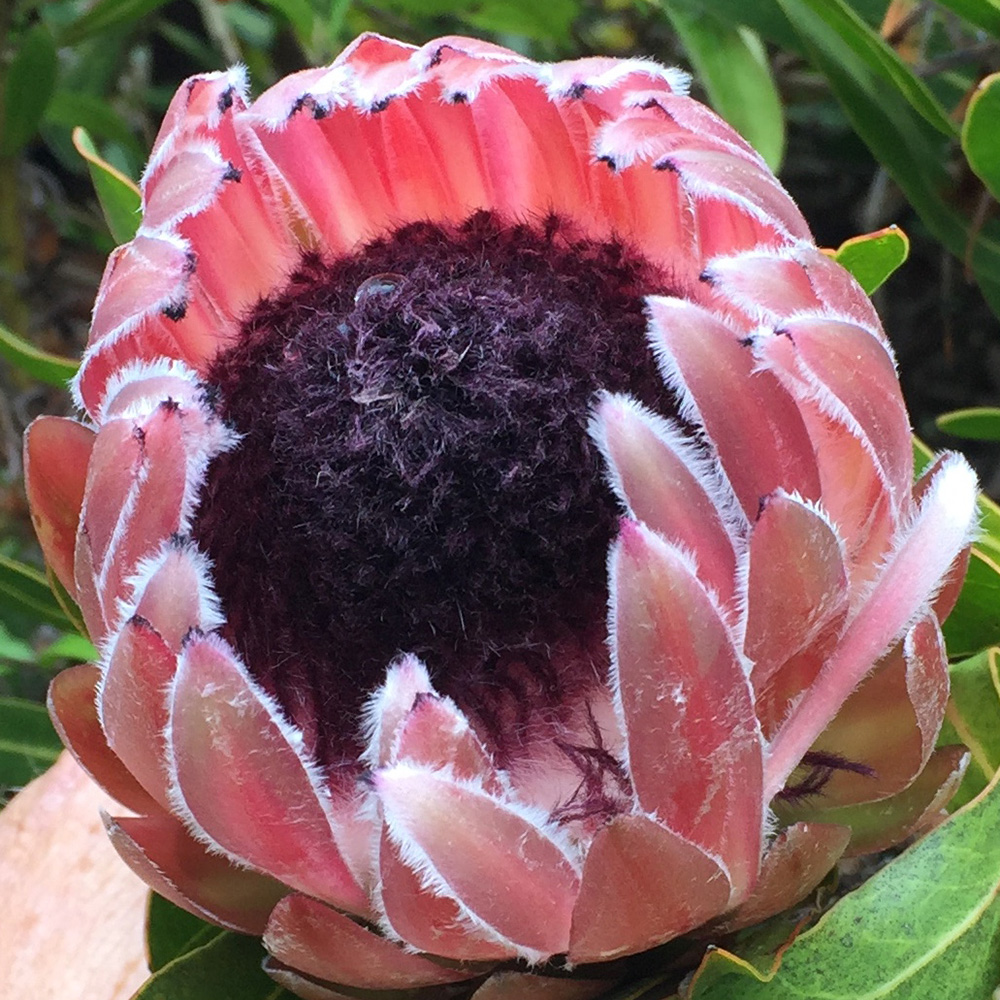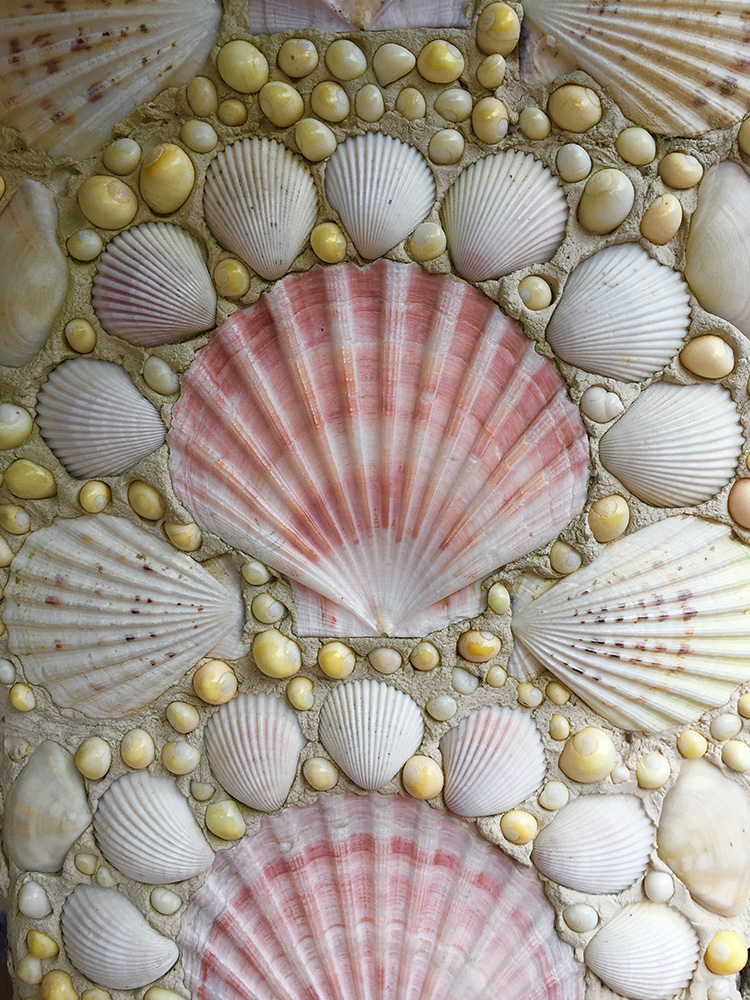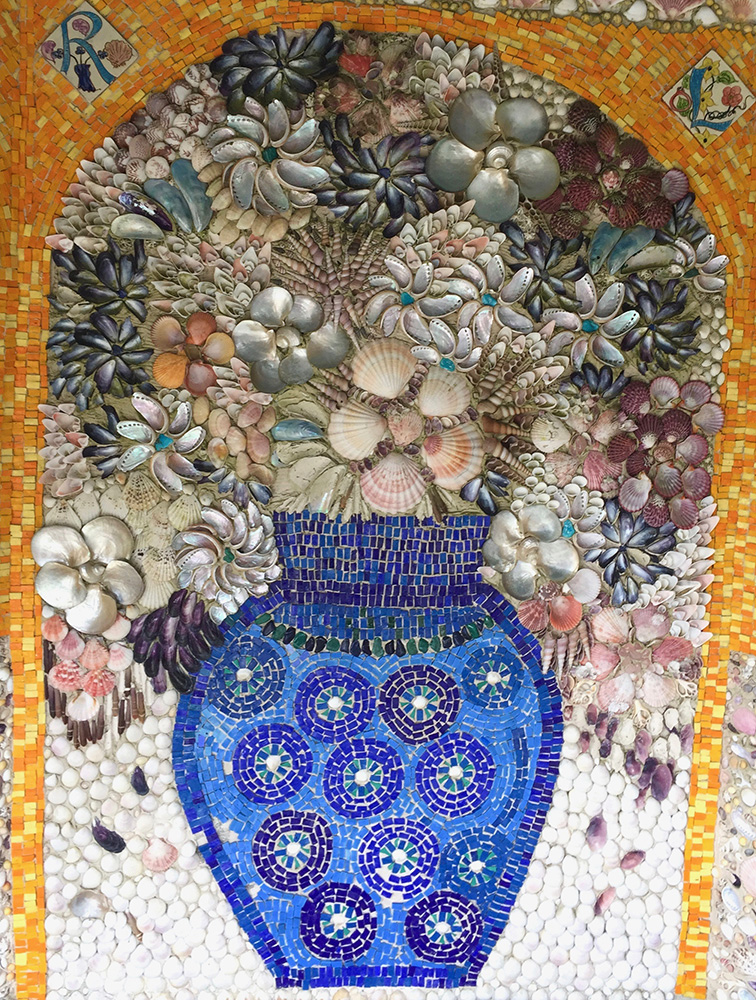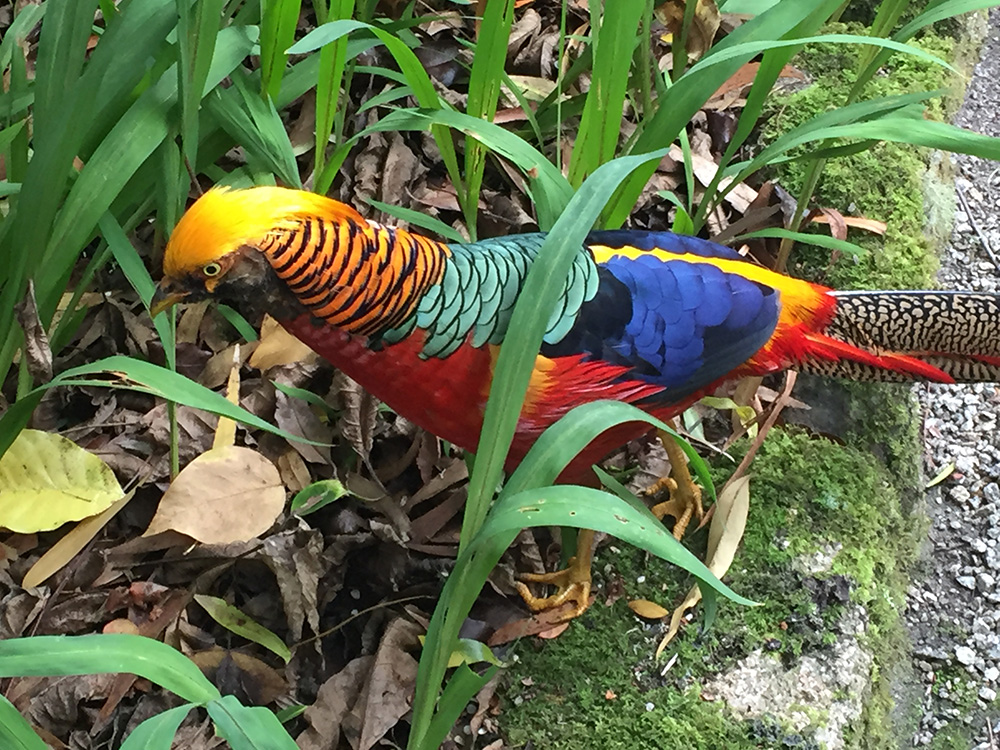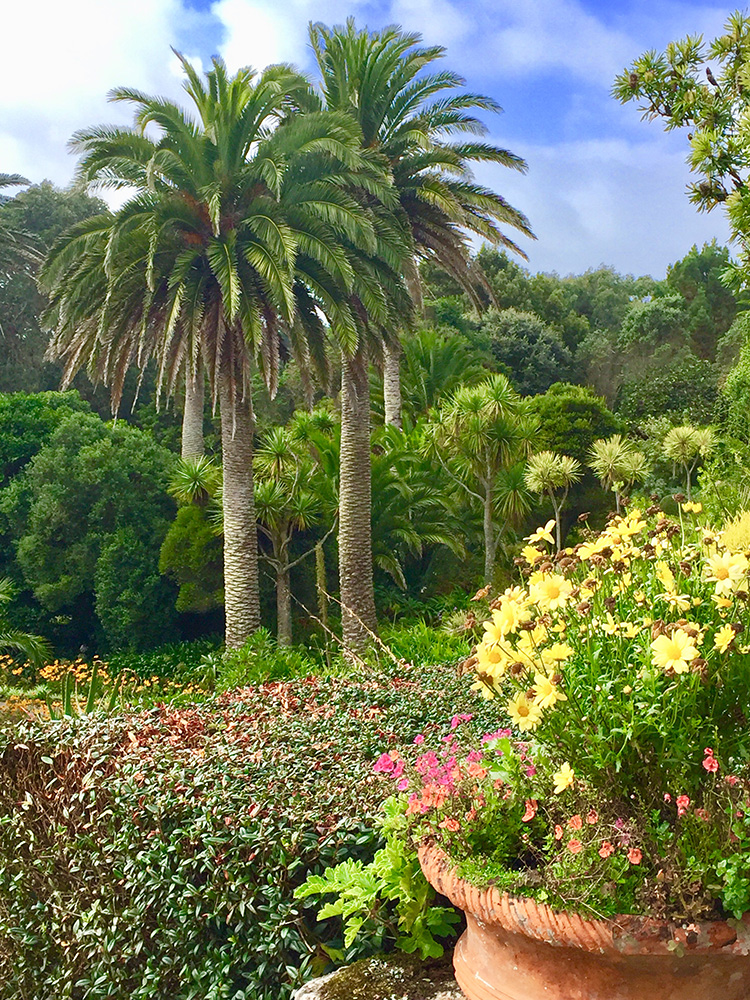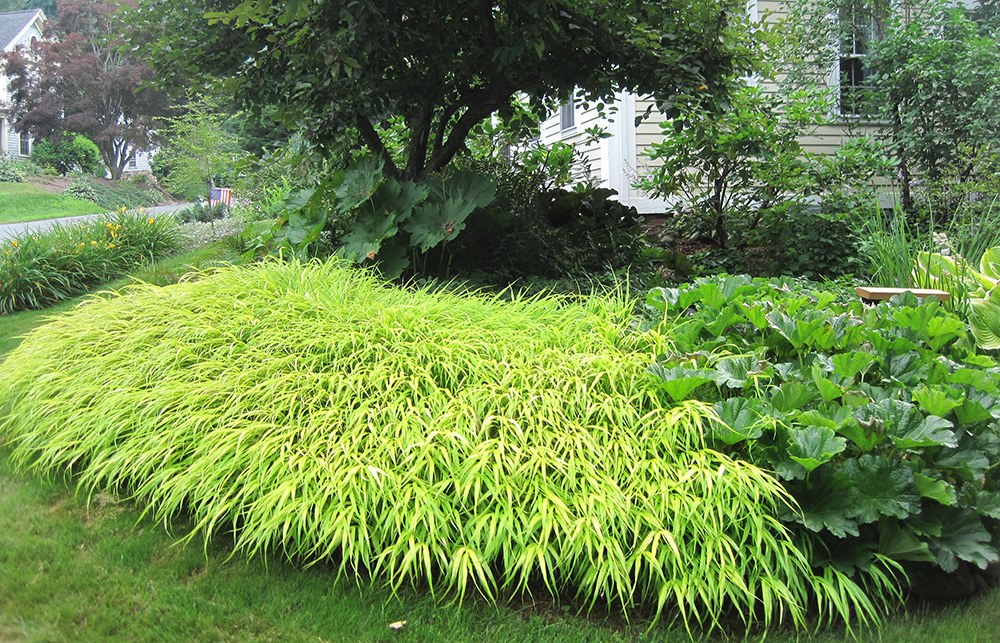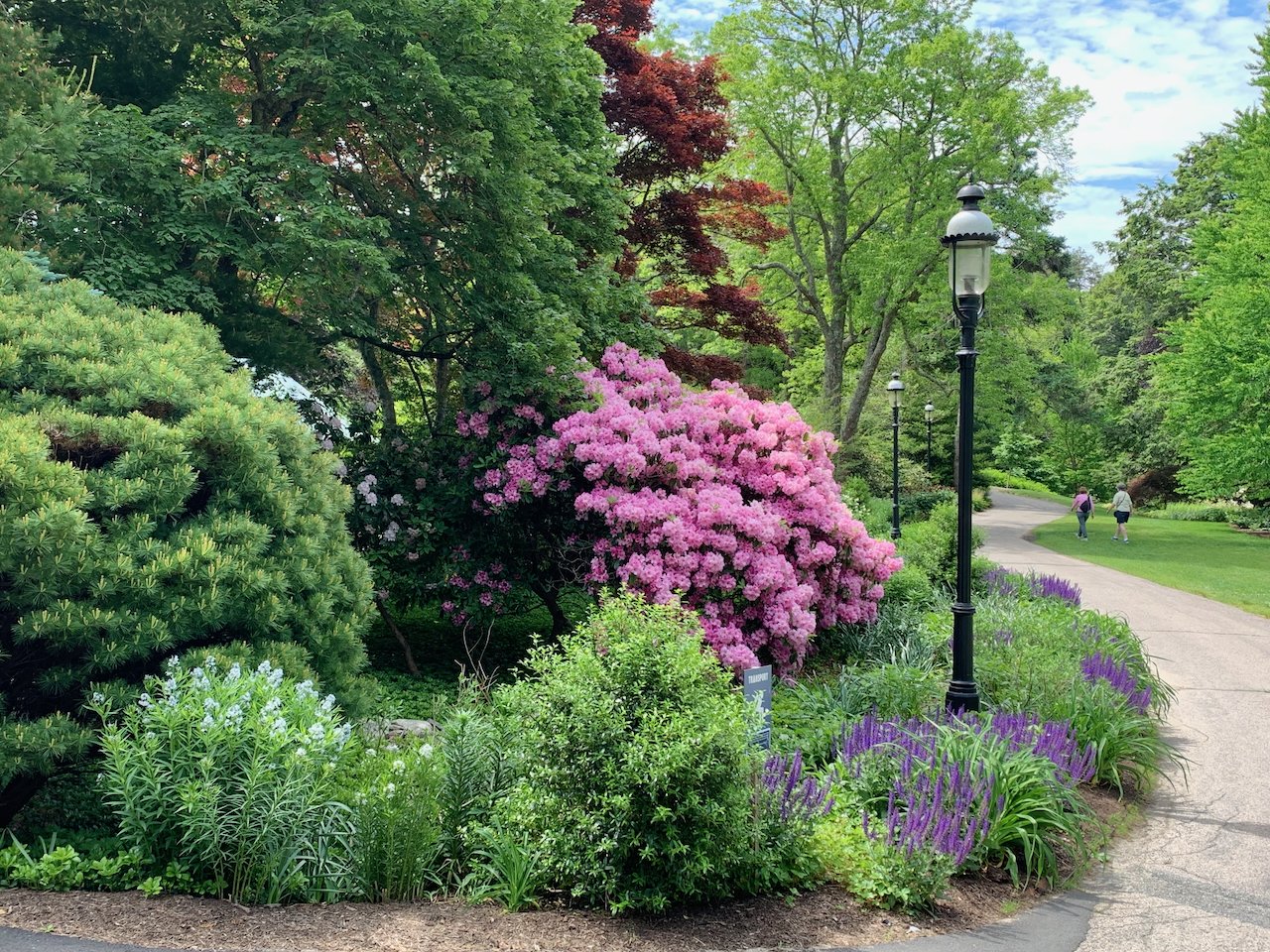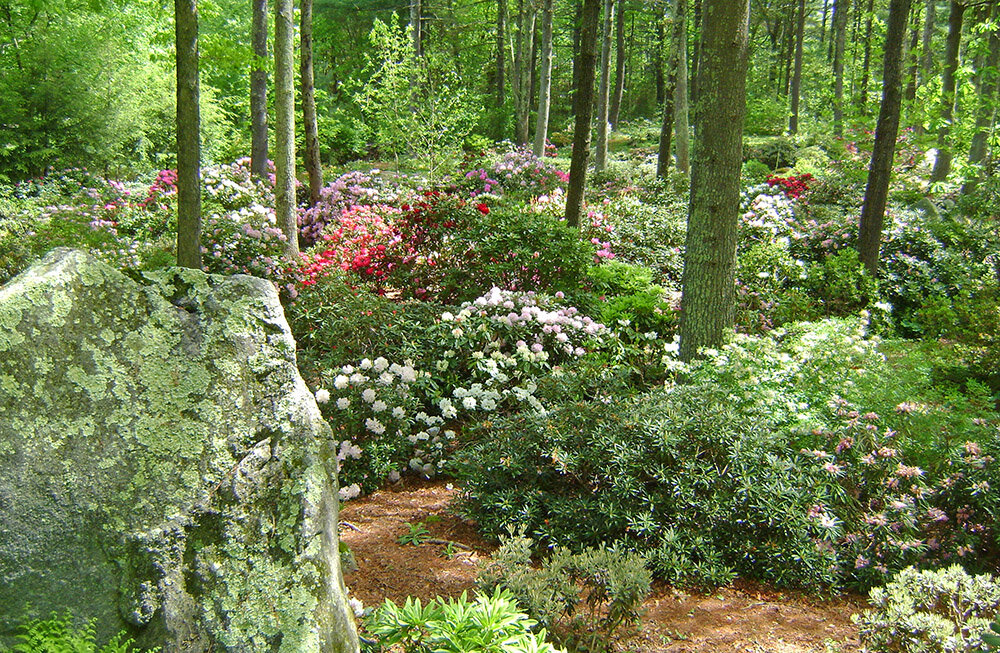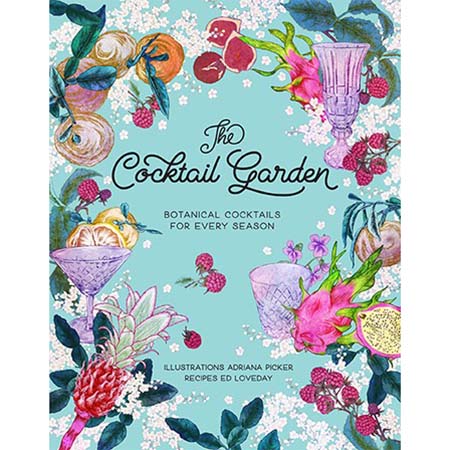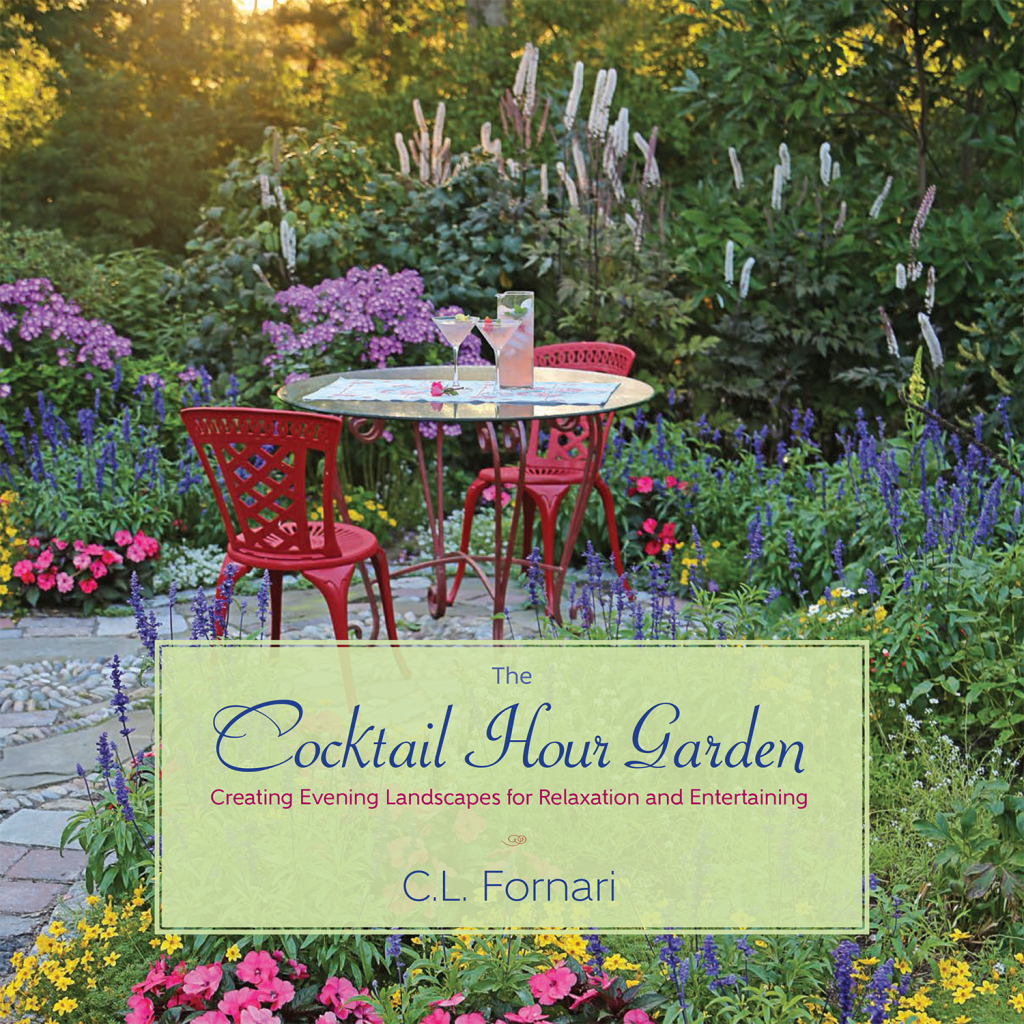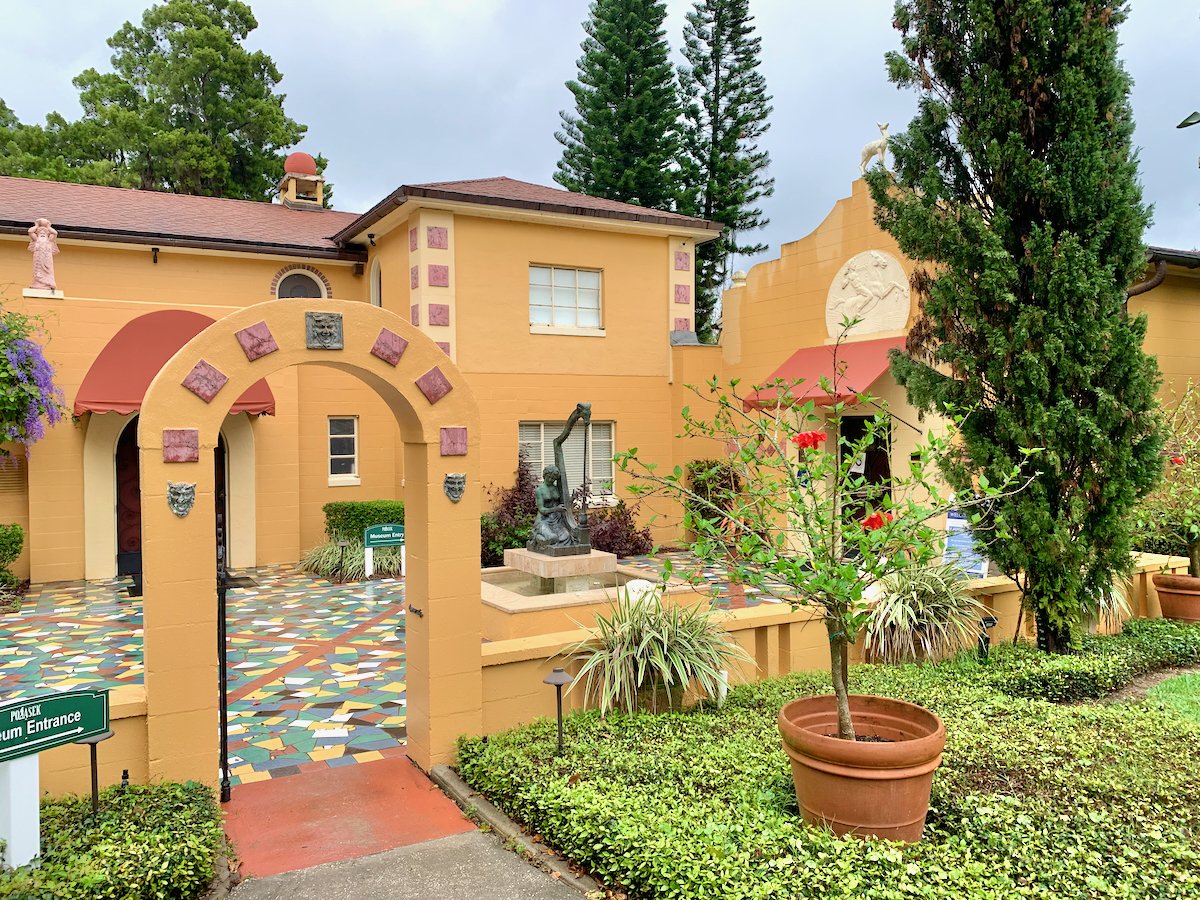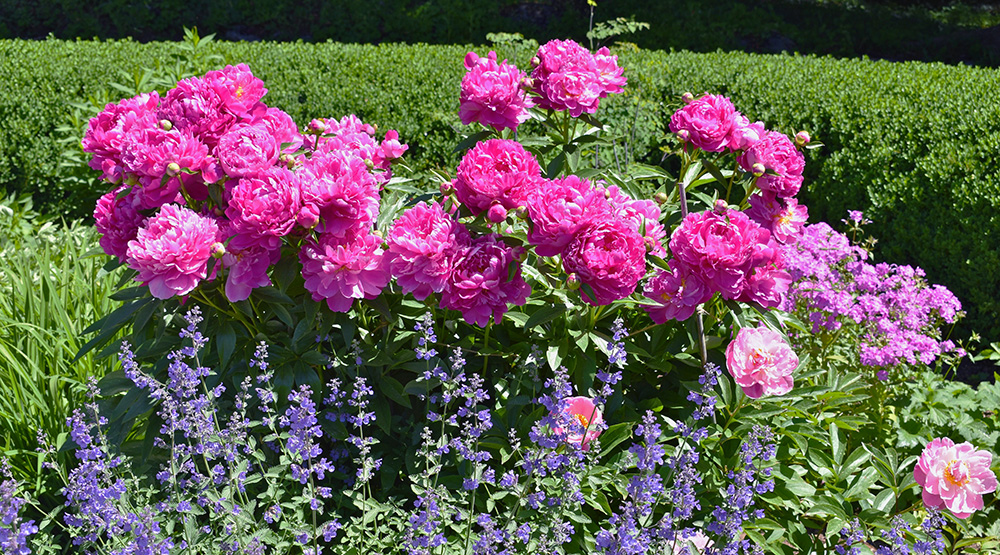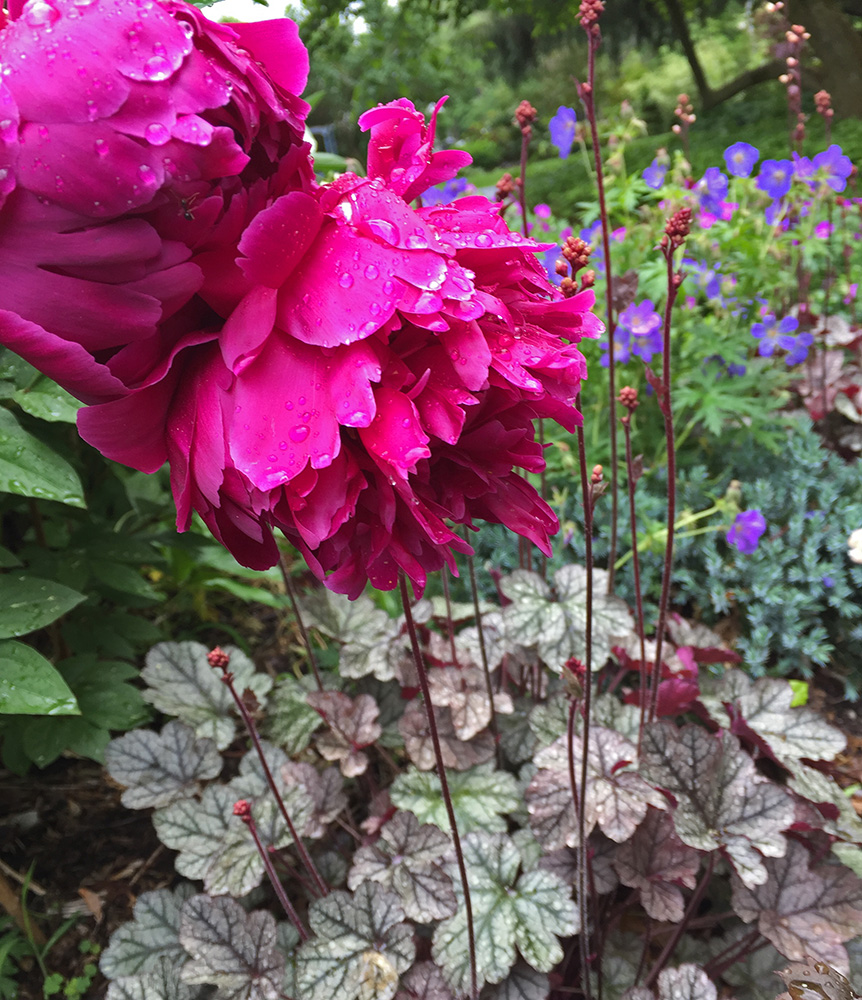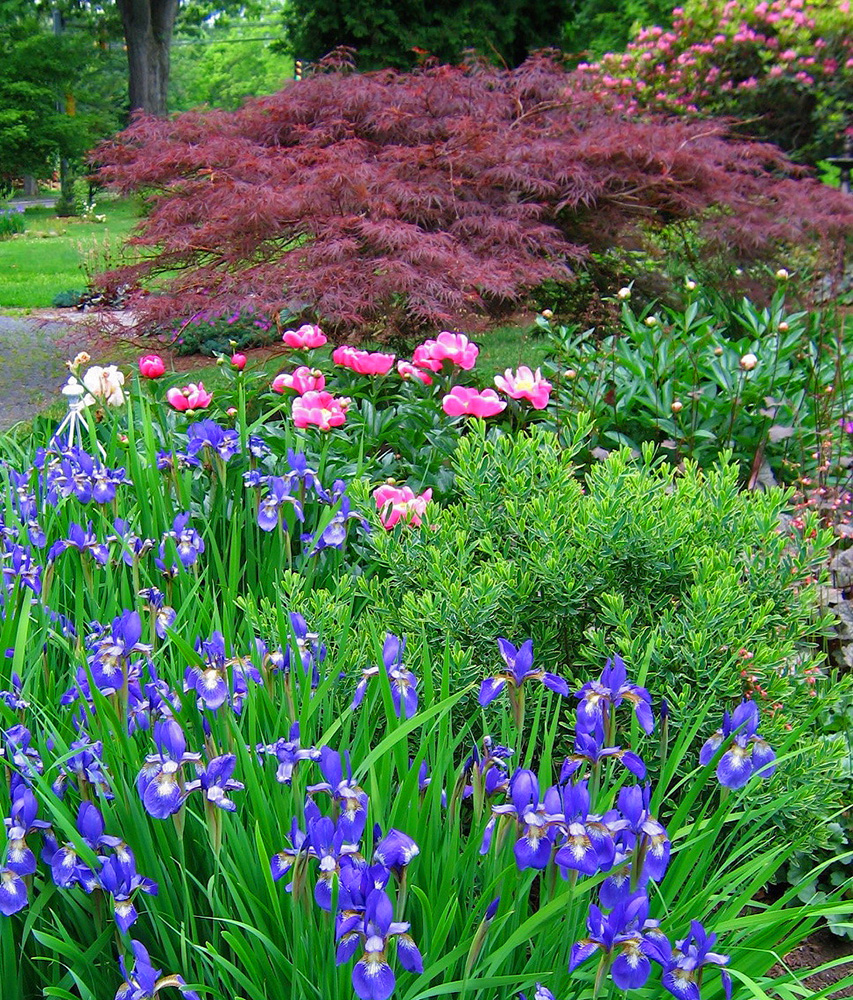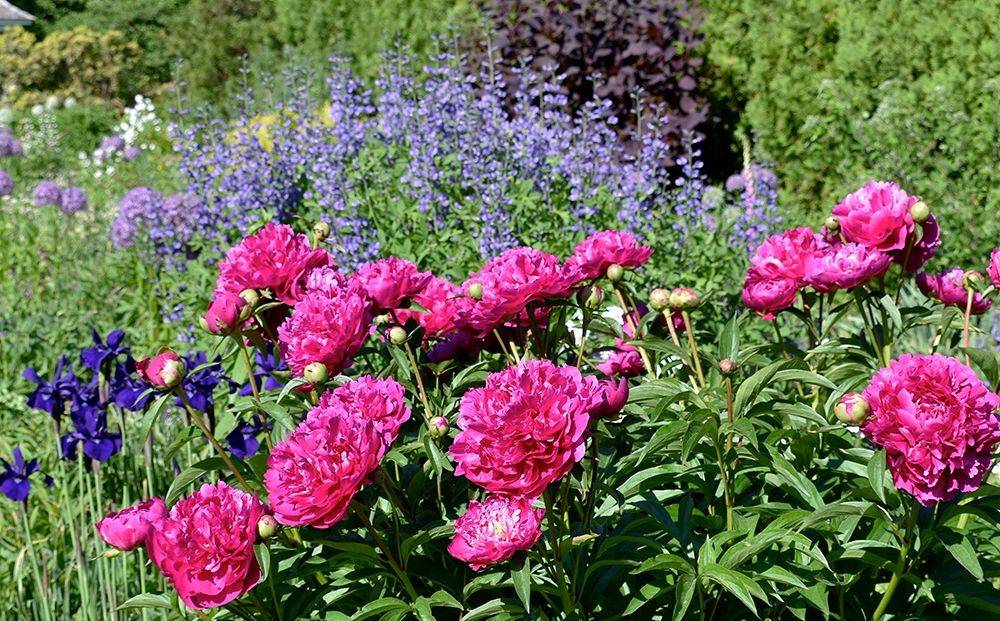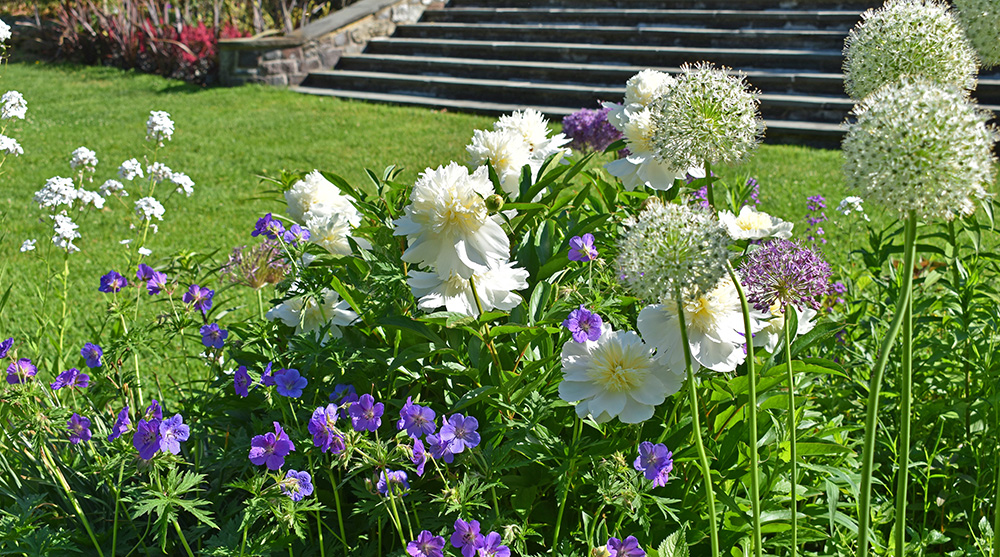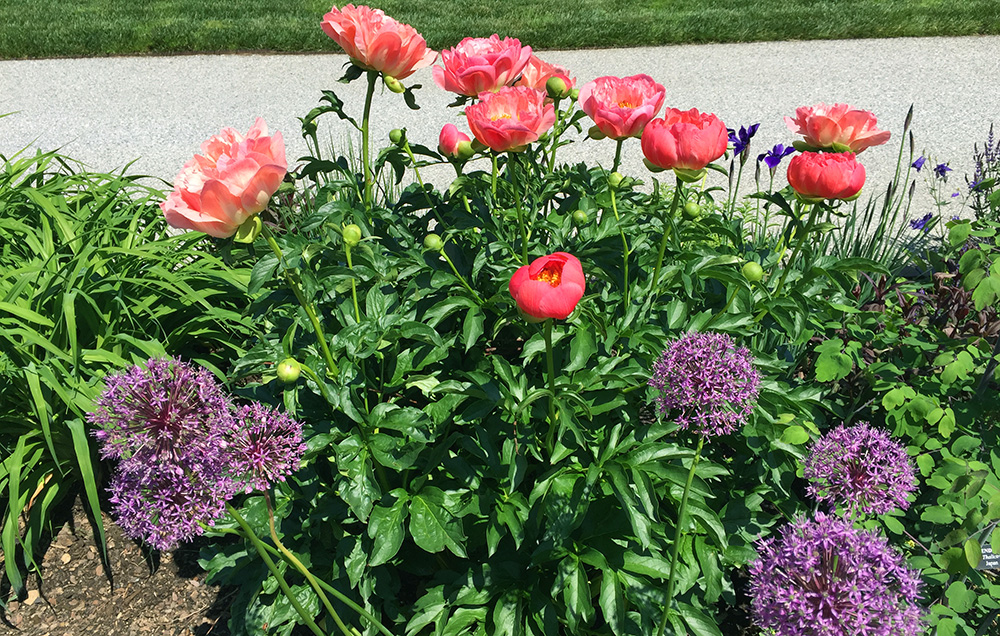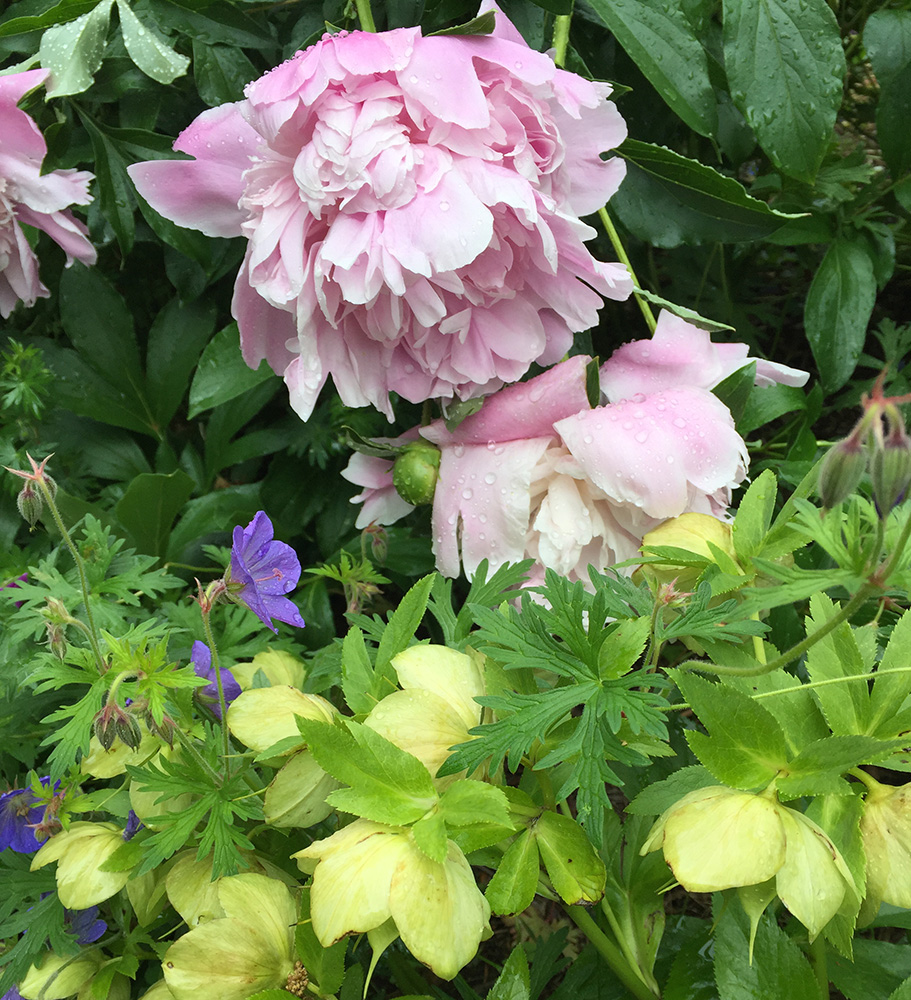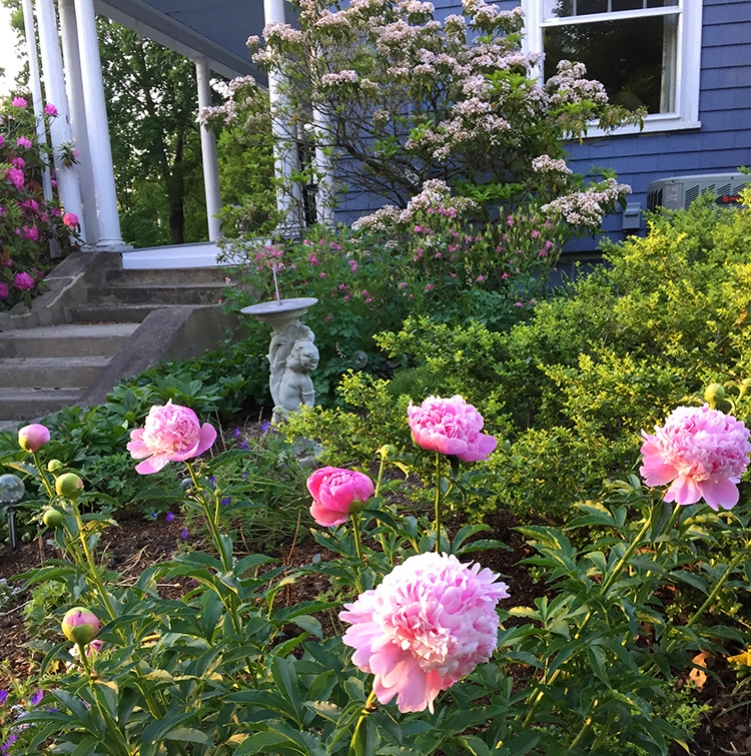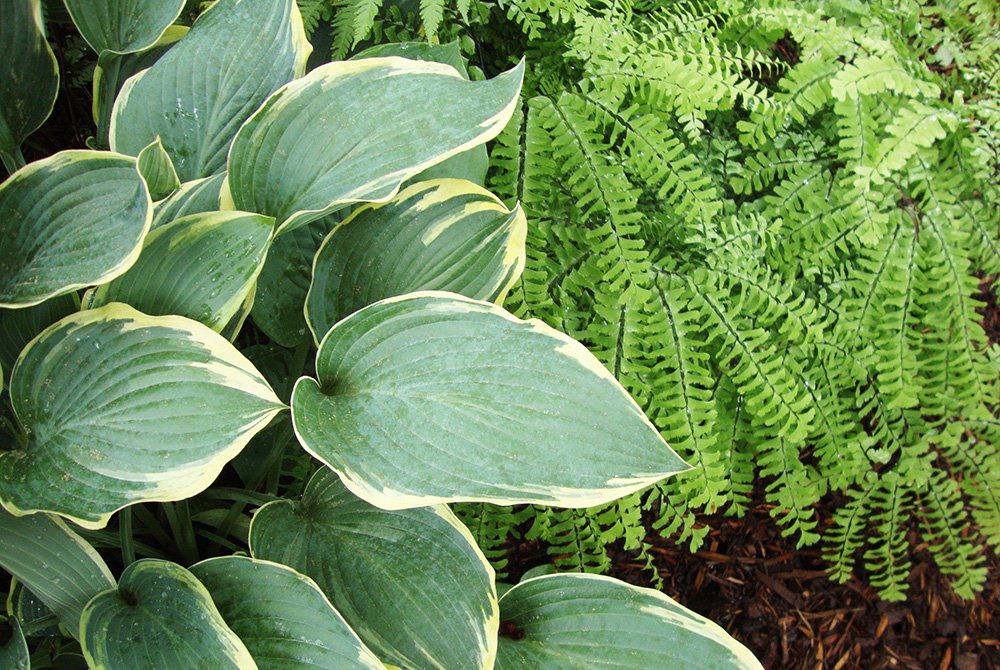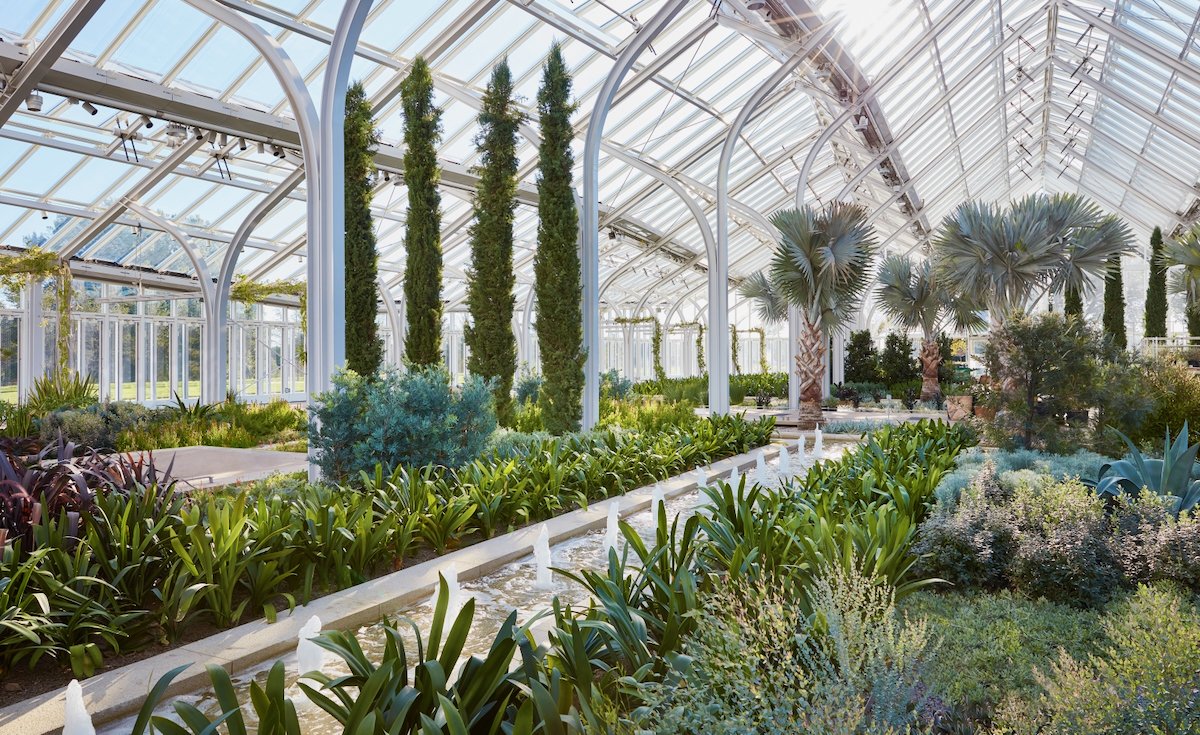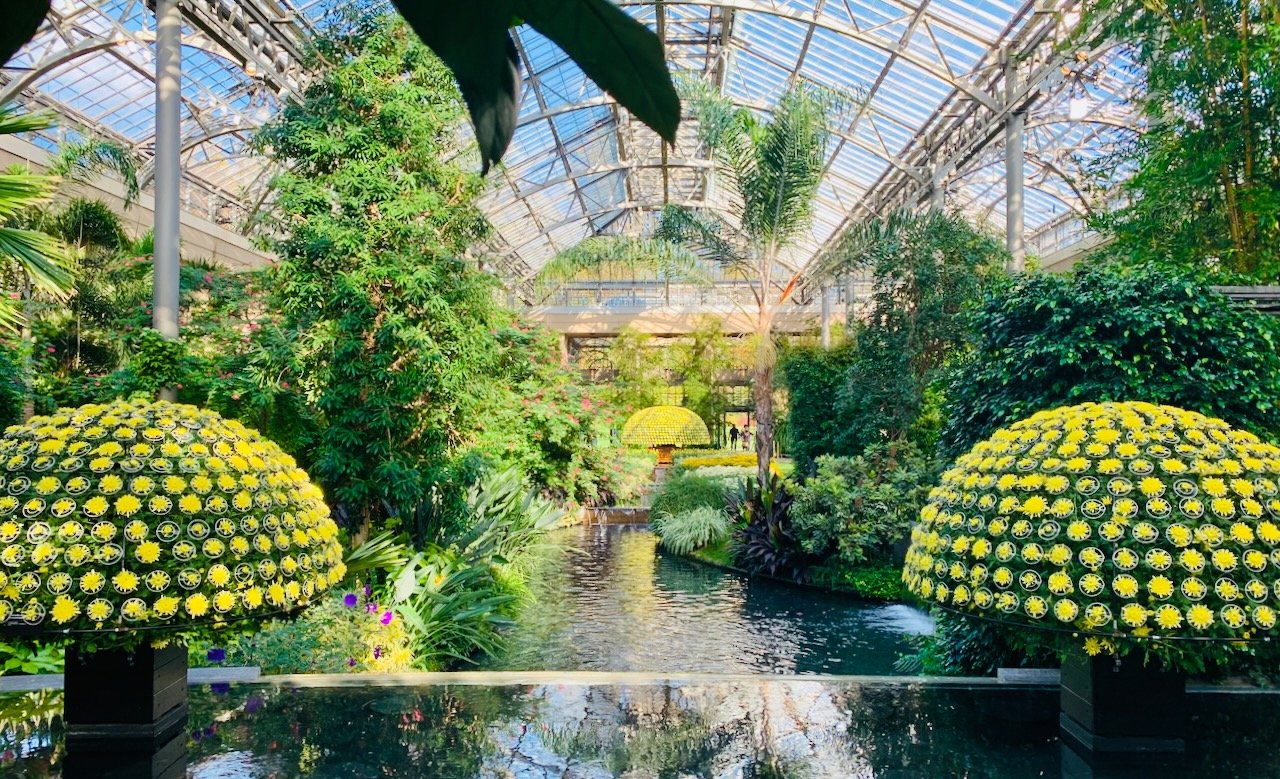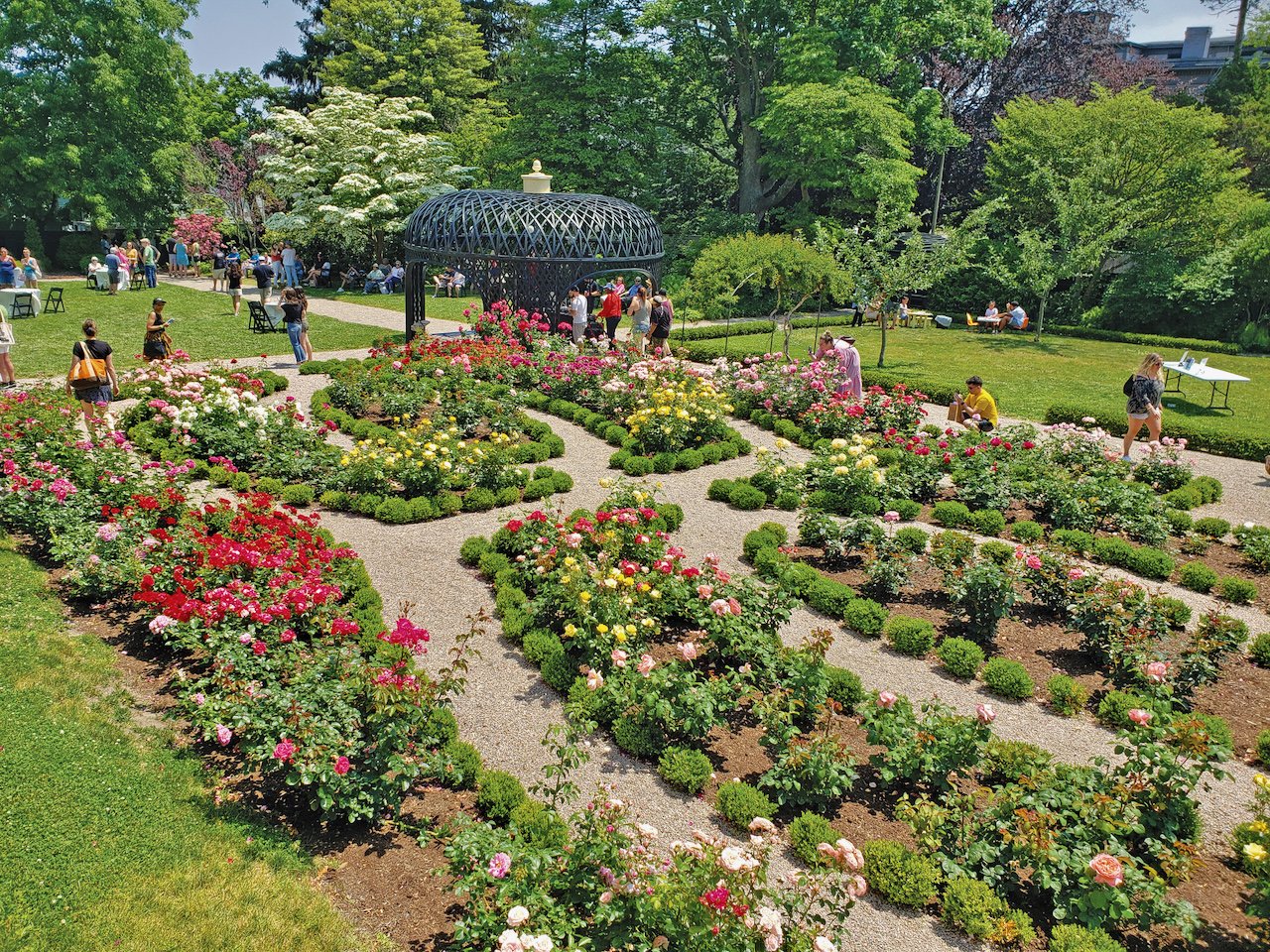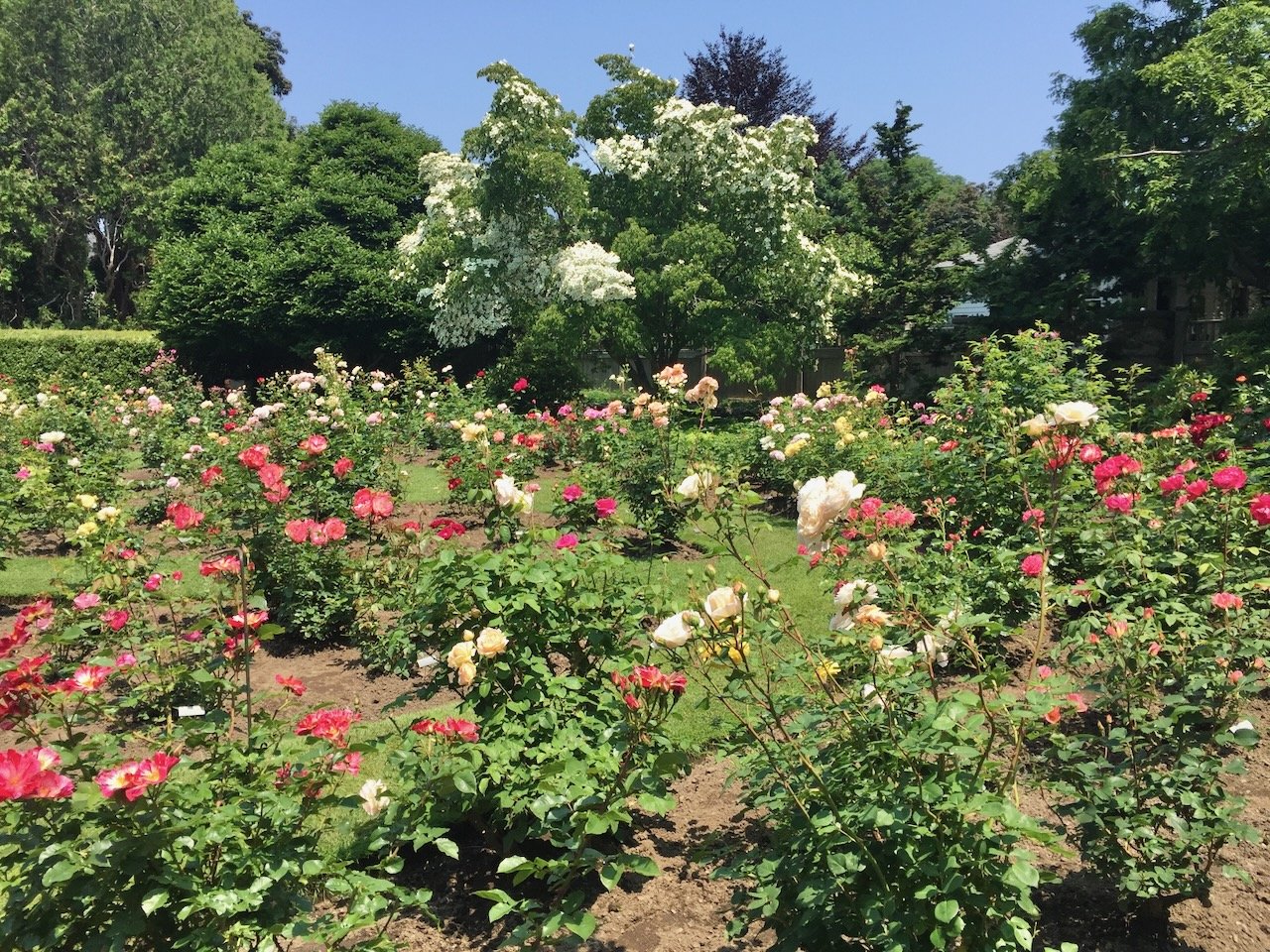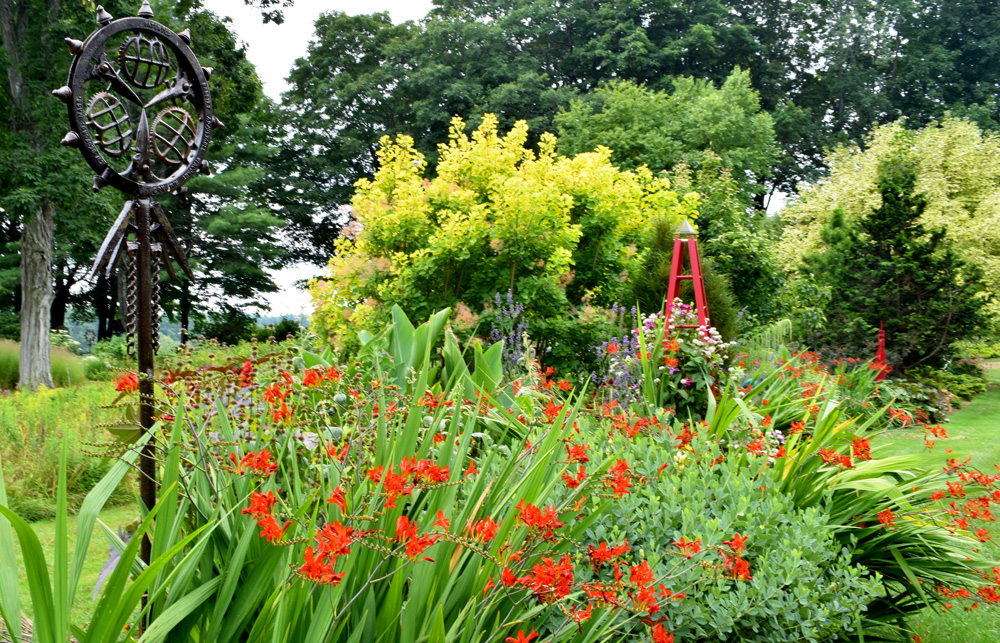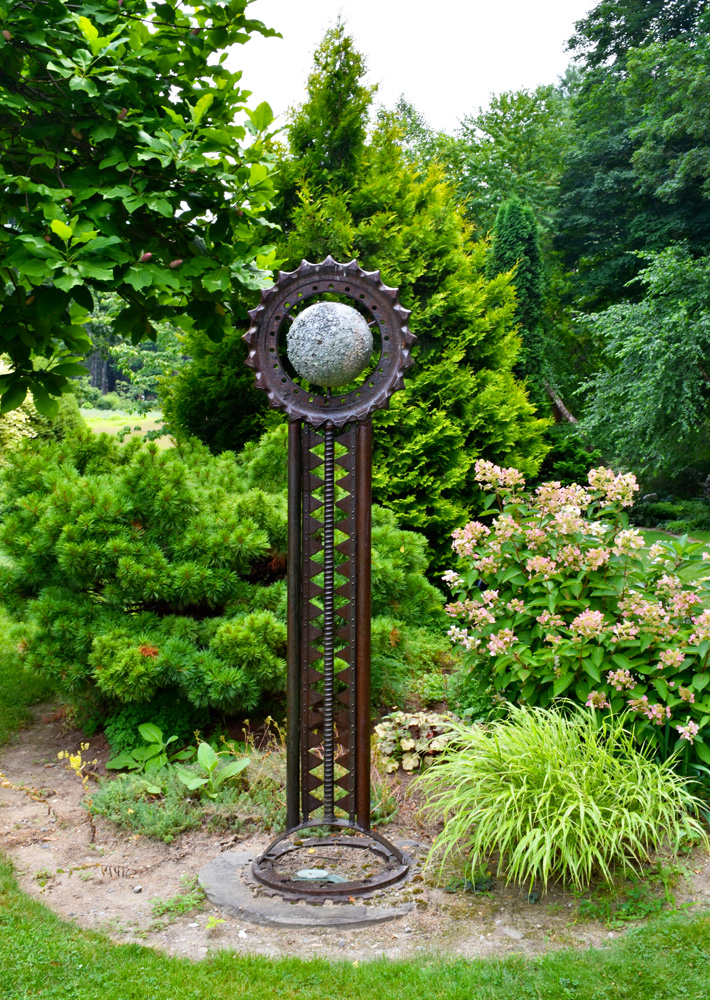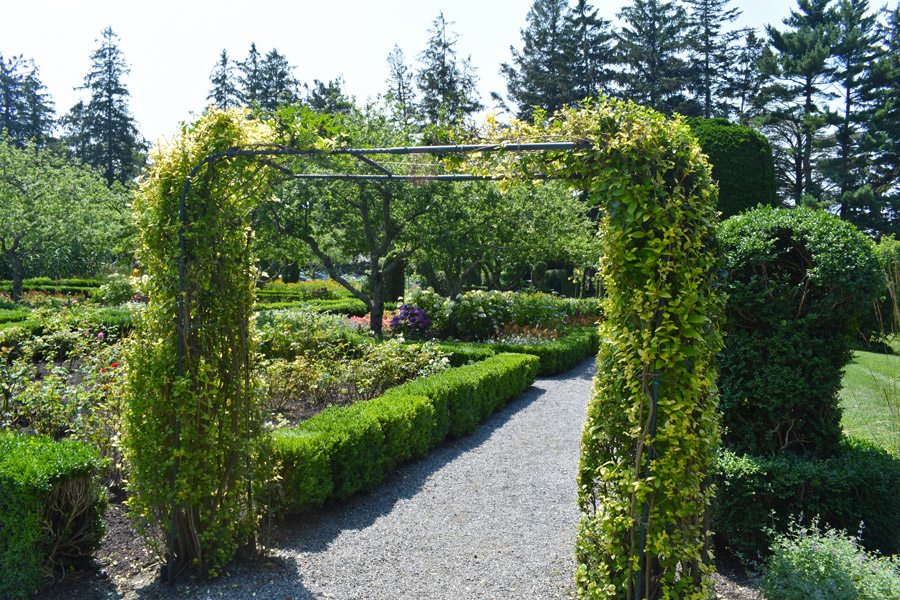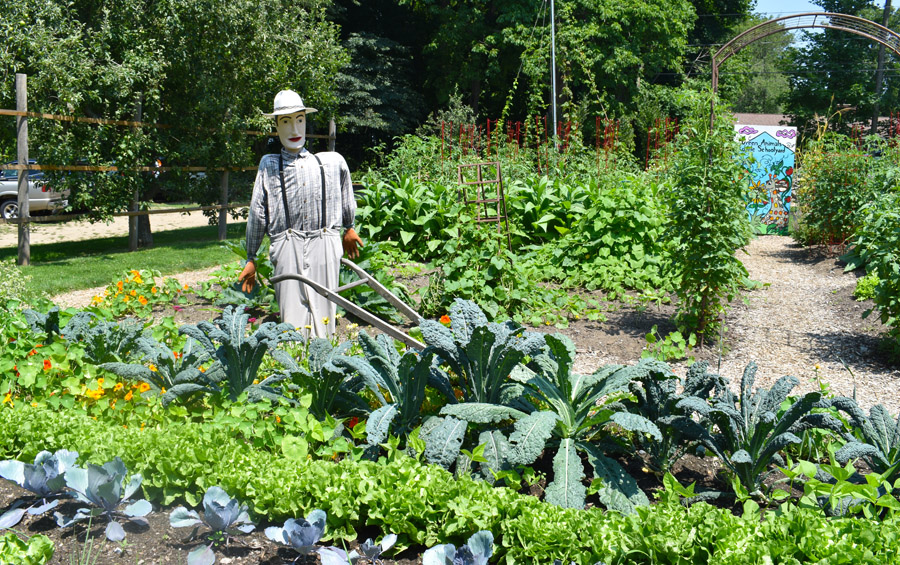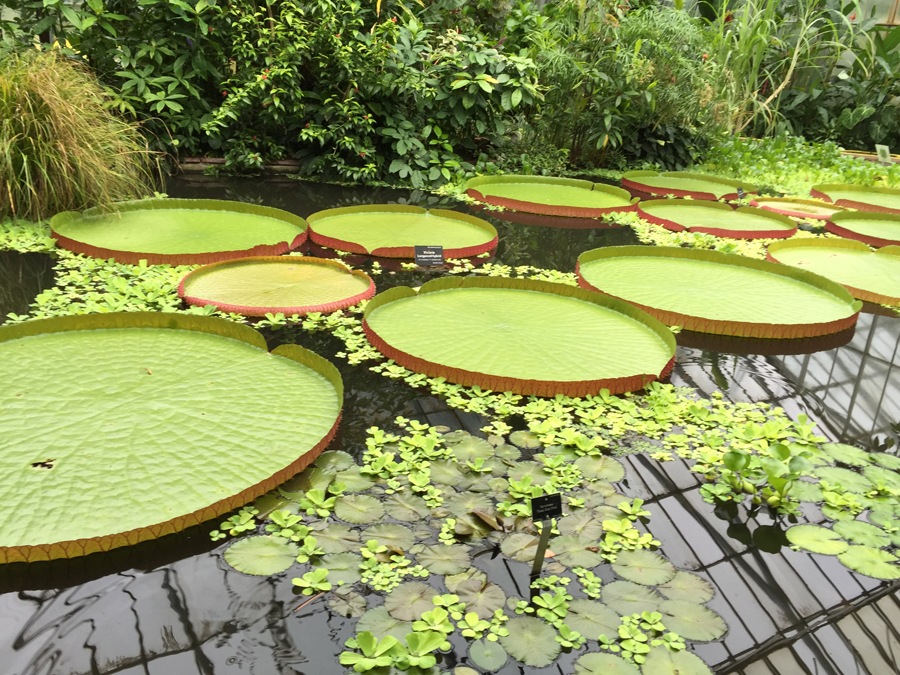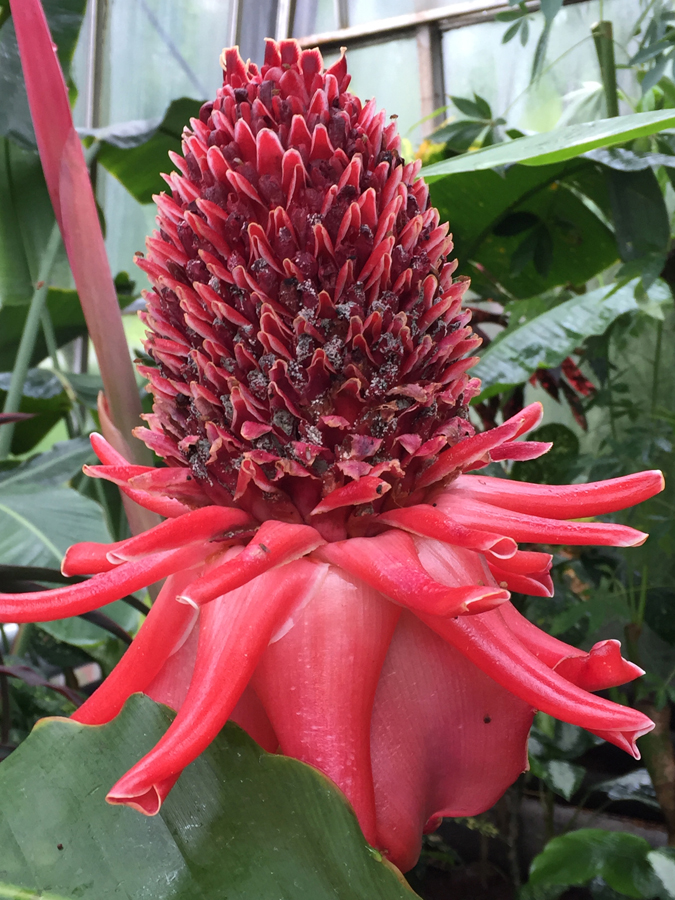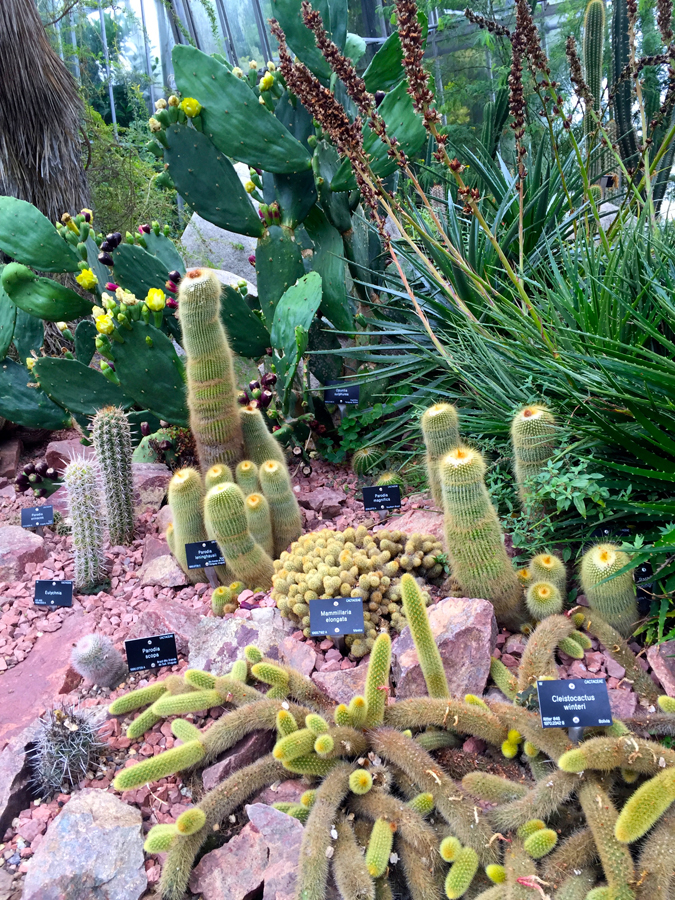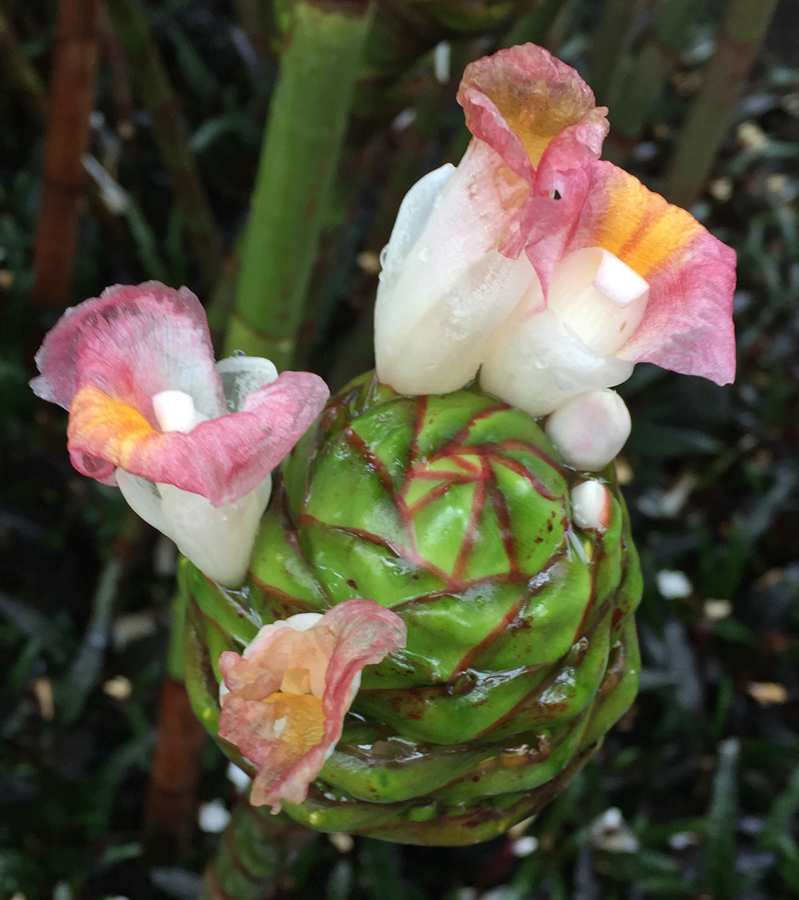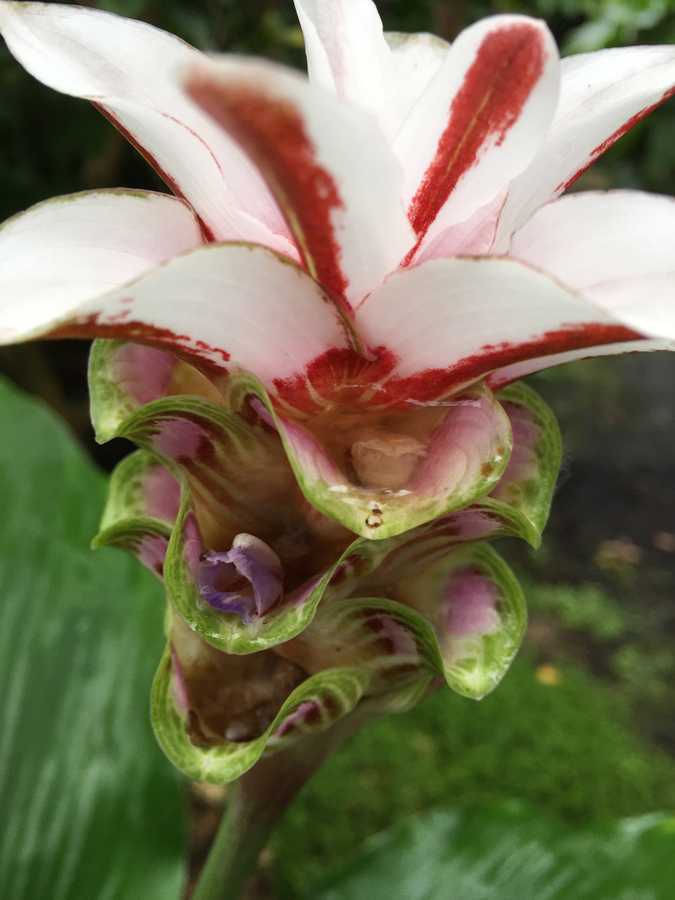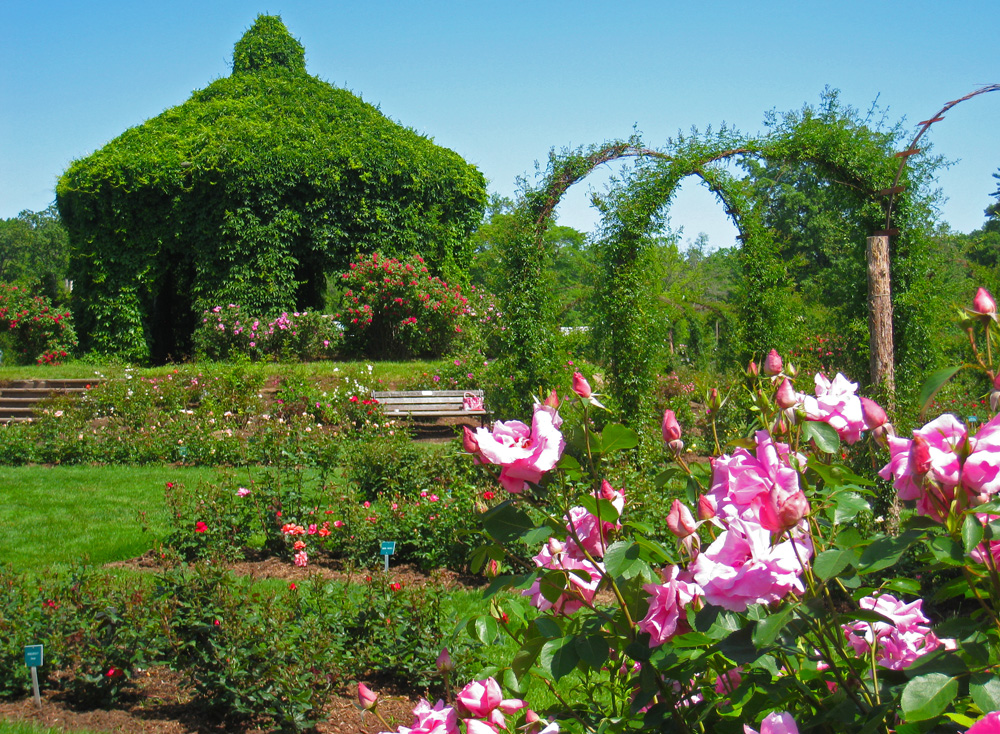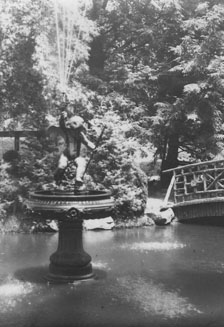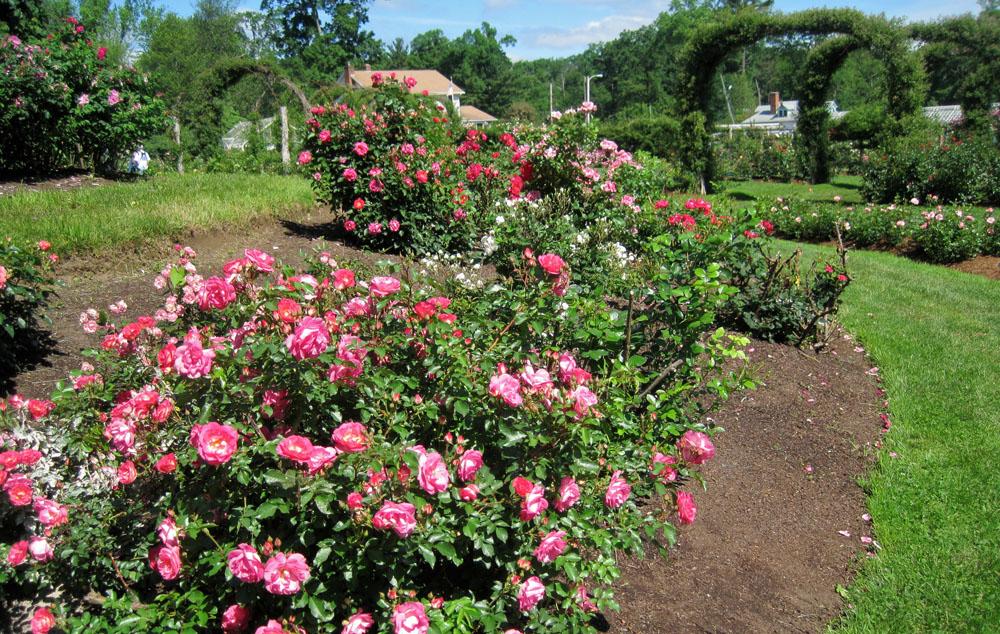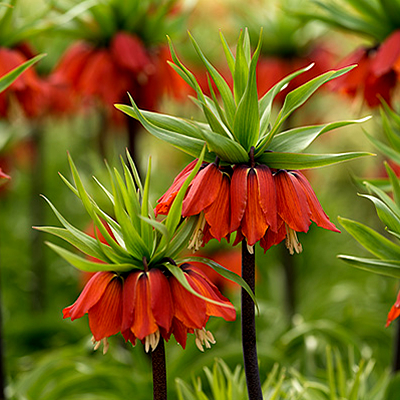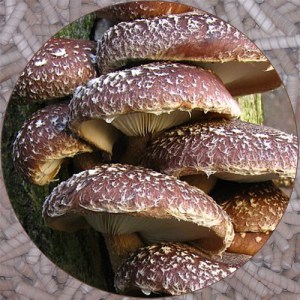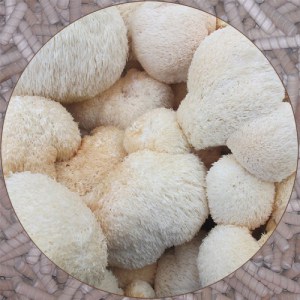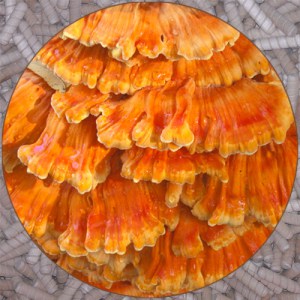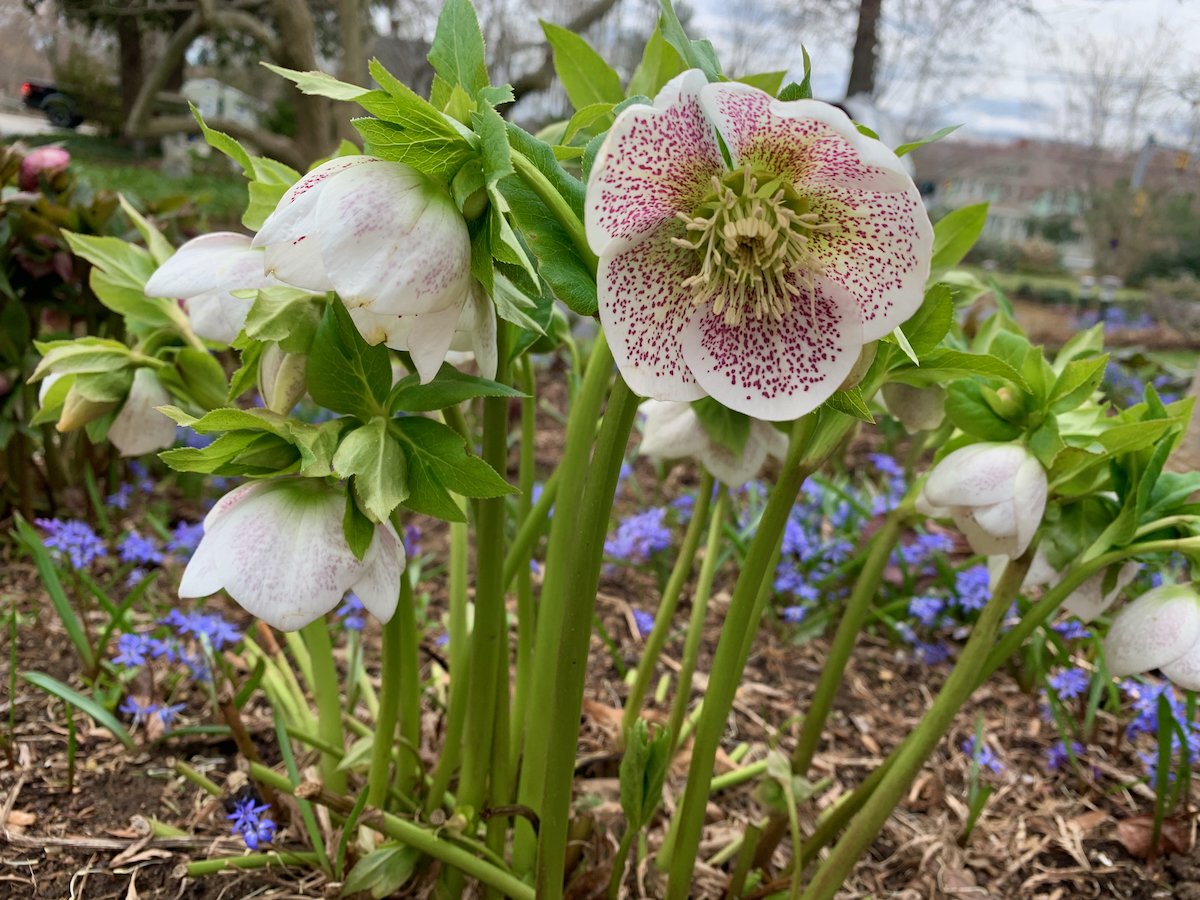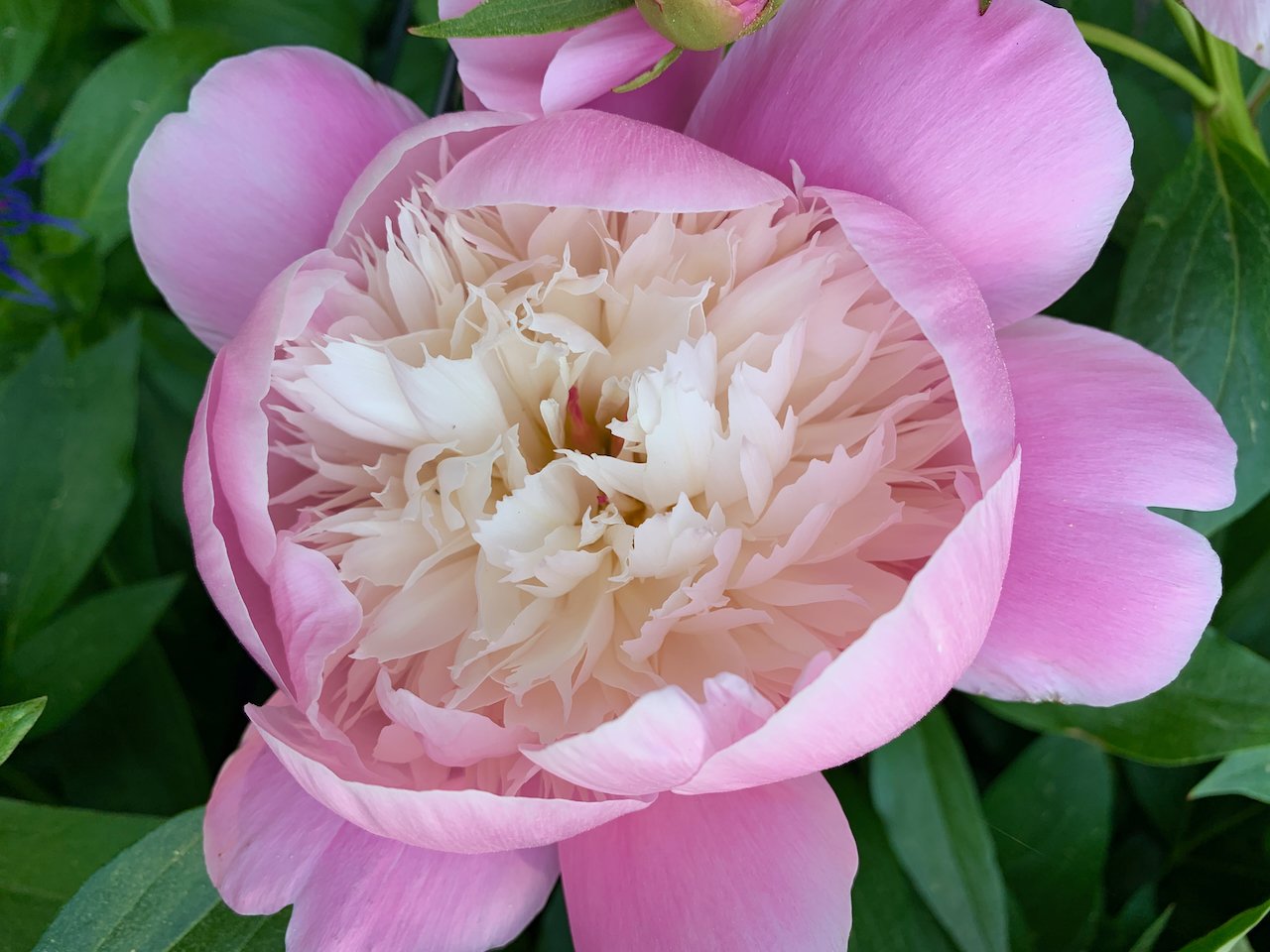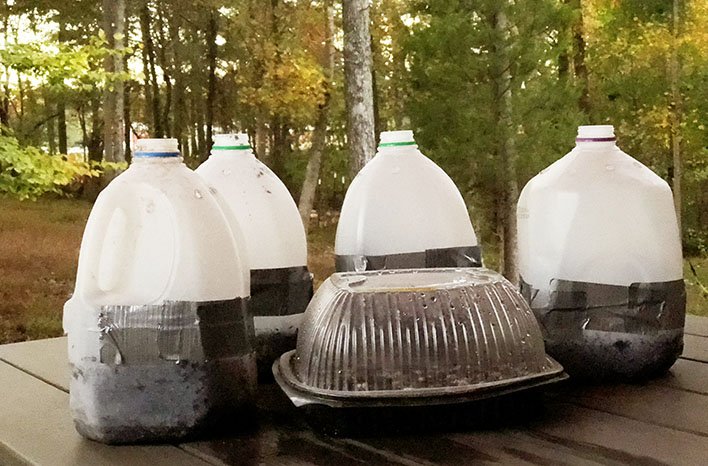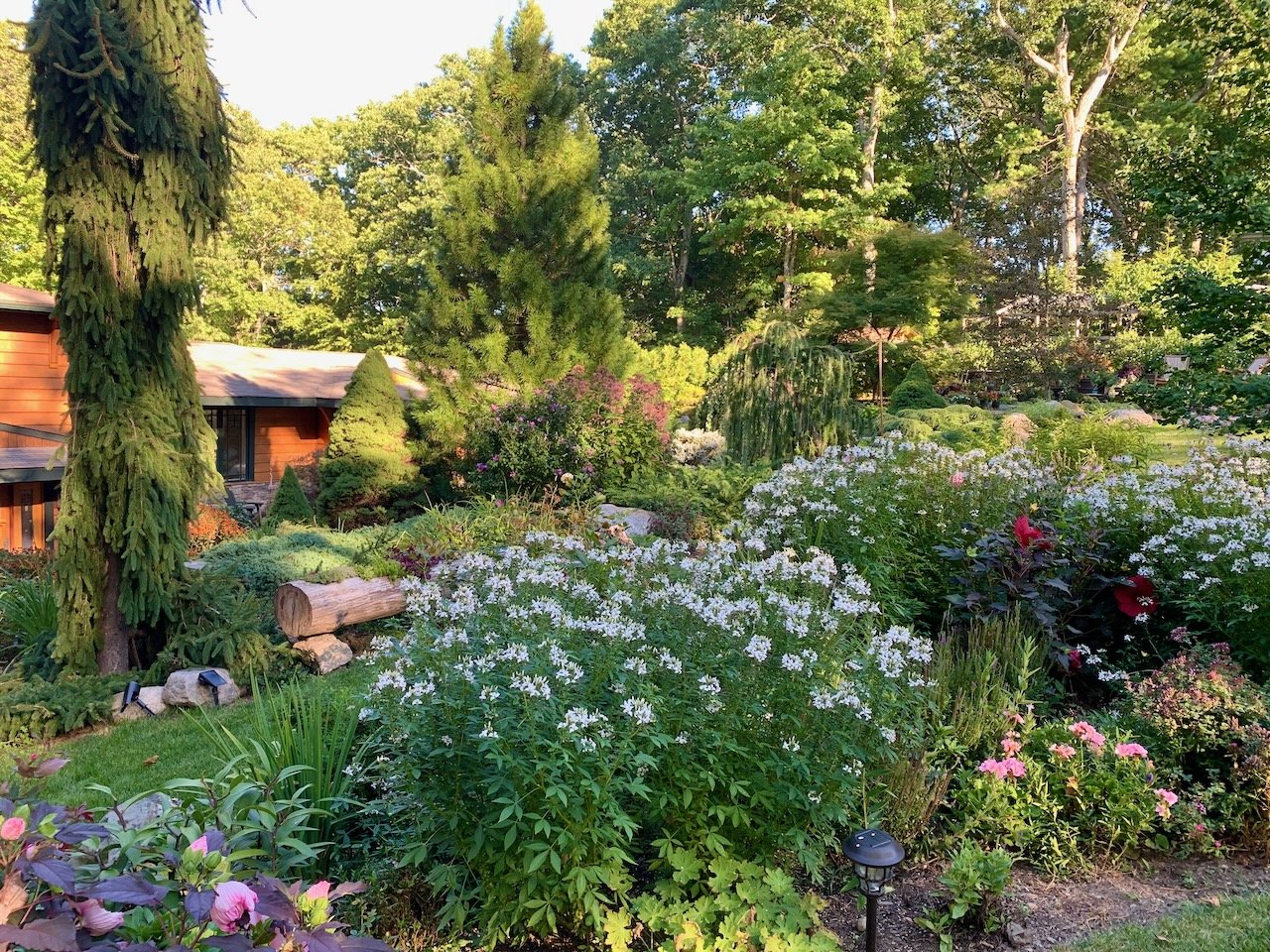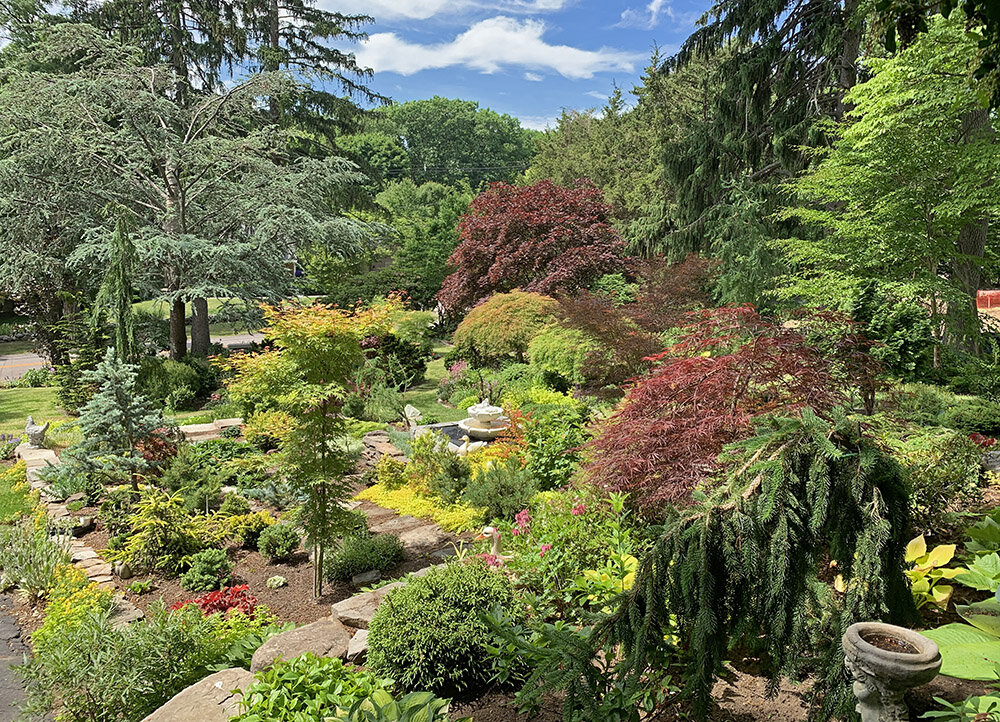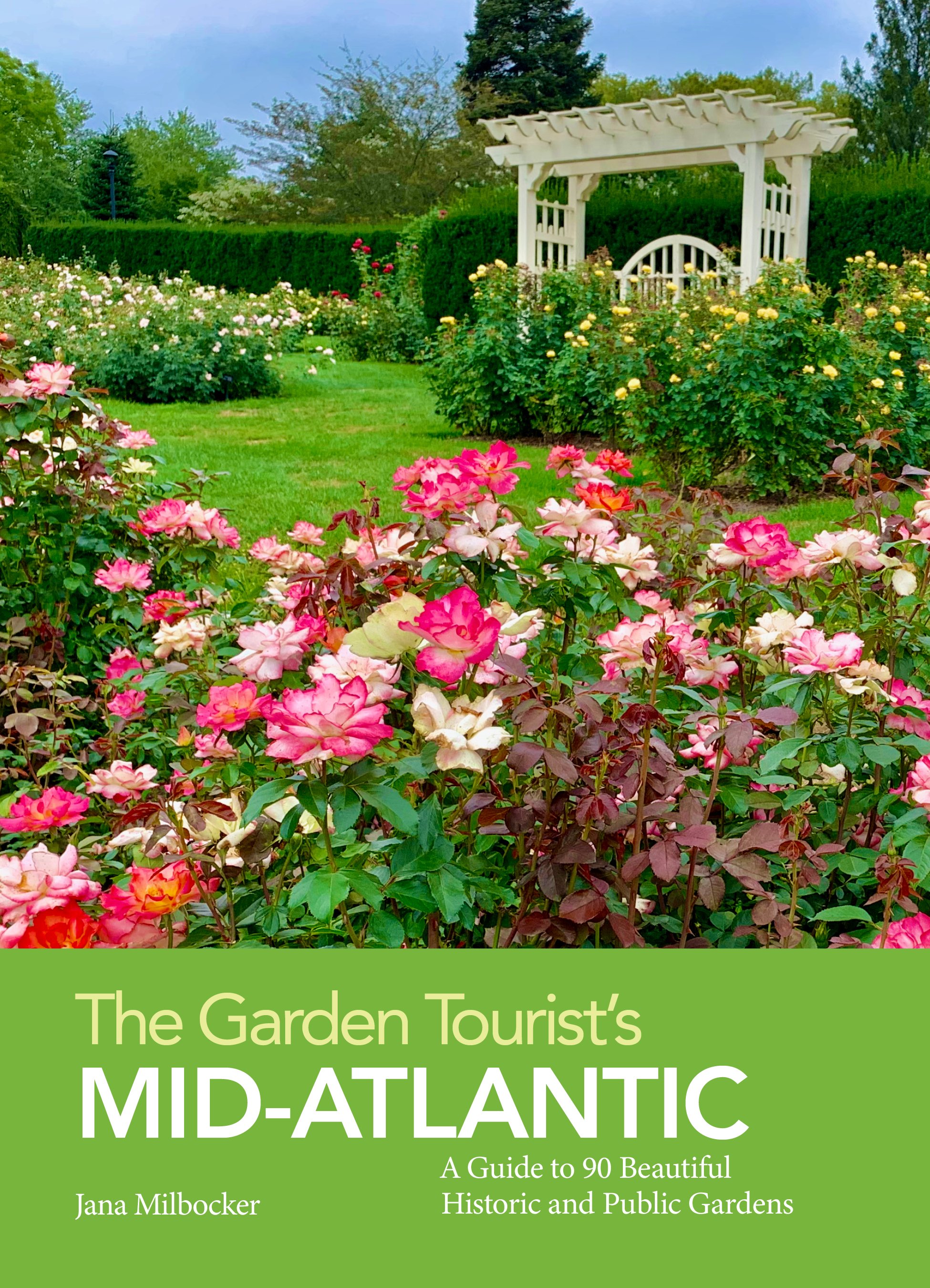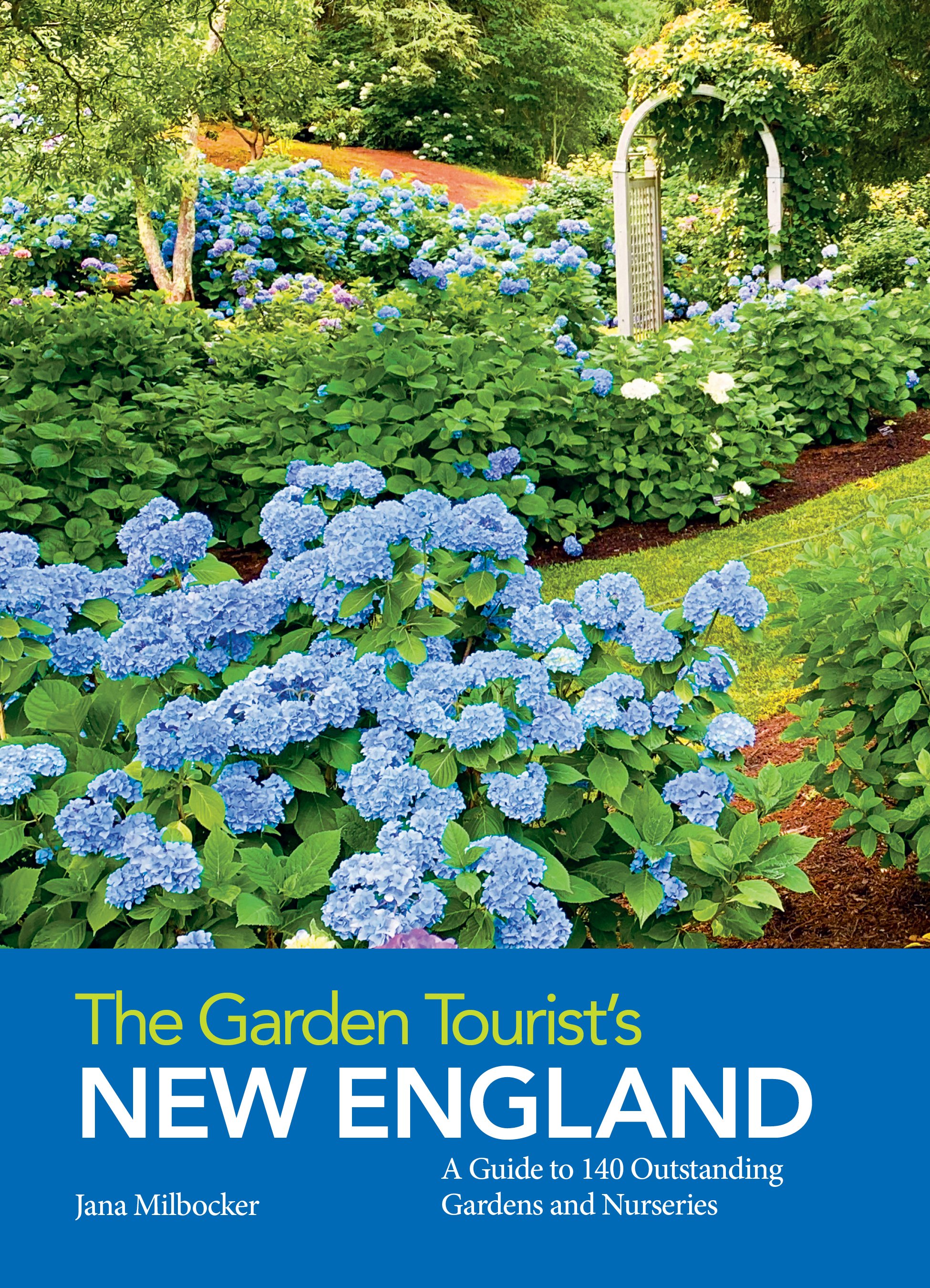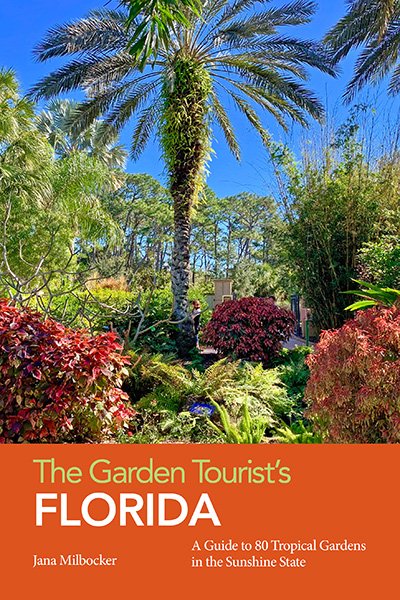English Exotica: Tresco Abbey Garden
/On a recent garden tour of Cornwall, England, I was delighted to visit the glorious Tresco Abbey Garden on Tresco Island, one of the Isles of Scilly. The Isles of Scilly are an archipelago of five inhabited islands and many rock outcroppings located off the southwestern tip of Cornwall. Reaching Abbey Garden was no small task—a meticulously orchestrated journey by rented van, small airplane, airport transport bus, ferry boat and tractor-pulled trolley. The journey was well worth the visit to this amazing tropical garden filled with exotic horticulture.
The gardens at Tresco were founded by Augustus Smith, who built a house on a rocky outcrop overlooking the Abbey ruins in 1838. He was a man of independent means and spirit, and the isolation of the island suited his temperment. The remains of the Benedictine priory, built a thousand years earlier, captured his imagination, and he became determined to create a magnificent garden.
photo courtesy of cornwalls.co.uk
Thanks to the Gulf Stream, Tresco has a very mild climate, virtually free of frost. It is however extremely windy and subject to Atlantic gales, so a shelter-belt of quick-growing and salt-tolerant trees was imperative. Smith found the best trees for this were from California - Monterey Pines and Cypresses. He also built a granite wall around his garden to protect it from the elements. He began by planting collections of pelargoniums and mesembryanthemums – fifty of each – and later acquired plants from all over the world through his connections with other plant collectors. At his death in 1872, the garden was essentially in the form that you see it in today.
The garden has remained in the same family for five generations, and each generation has made its contribution. Augustus’ nephew Thomas Algernon (Dorrien) Smith continued with the garden, as did his son Arthur who collected plants from Australia, New Zealand, South Africa and the Americas. Those contributions include the grevillas, leucanthemums and the many varieties of proteas that we saw in bloom during our visit, as well as huge American agaves, African aloes, and aeoniums native to the Canary Islands.
The garden is protected on the north and west sides by Abbey Hill. It is laid out on 17 acres and bisected by the formal Long Walk surrounded by tree ferns and palms which grow lush in the deep soil of that area. Above the Long Walk are two terraces that span the width of the garden. The Top Terrace has the hot dry conditions and free-draining poor soil of South Africa and Australia. It is perfect for many varieties of Protea, Aloe, Cistus, and succulents, and offers beautiful views of the garden and the sea beyond.
The Middle Terrace is the heart of the Garden, with fishponds, a summerhouse and the stone Gaia sculpture, all nestled in a botanical paradise. Thousands of colorful plants from all over the world provide a lush backdrop, and even at the winter solstice, there are more than 300 species of plants in bloom.
The lowest level is the Mediterranean Garden, with its Agave Fountain and the Shell House decorated with seashell mosaics created by the current owner. Here you will also find the Valhalla Museum started by Augustus Smith which contains a collection of 30 ship figureheads, name-boards and other decorative carvings. Most of the figureheads date from the late 19th century, and come from merchant sailing vessels or early steamships that were wrecked on the Isles of Scilly.
I may never see the gardens of Australia, New Zealand and South America, but thanks to a wonderful visit to Tresco Abbey Garden, I feel like I have traveled to many corners of the world and seen the richness of the plant species that they hold.
You Might Also Like

